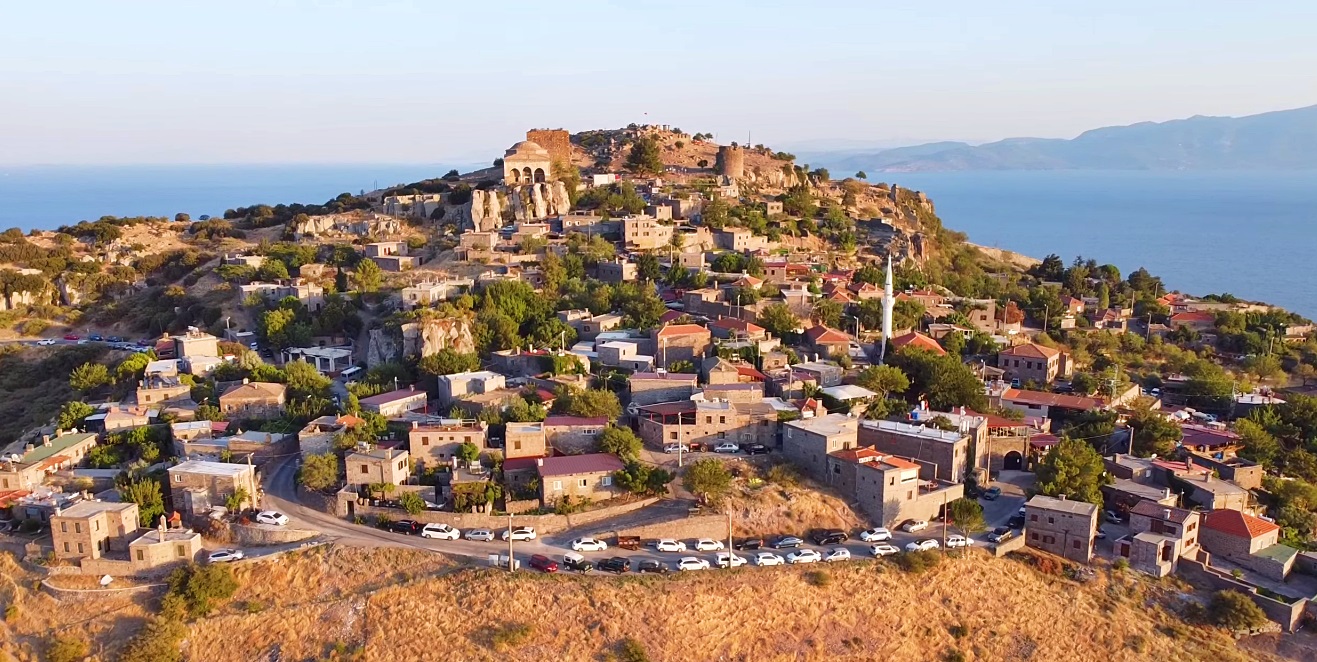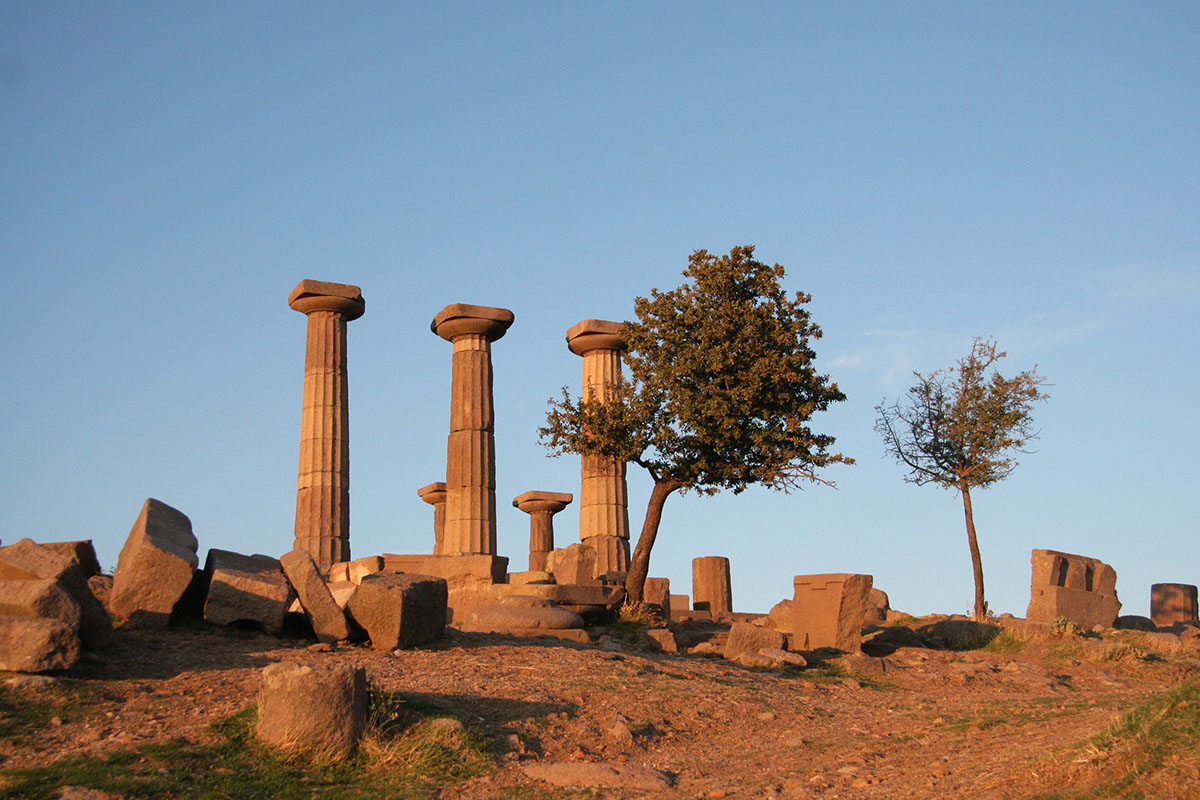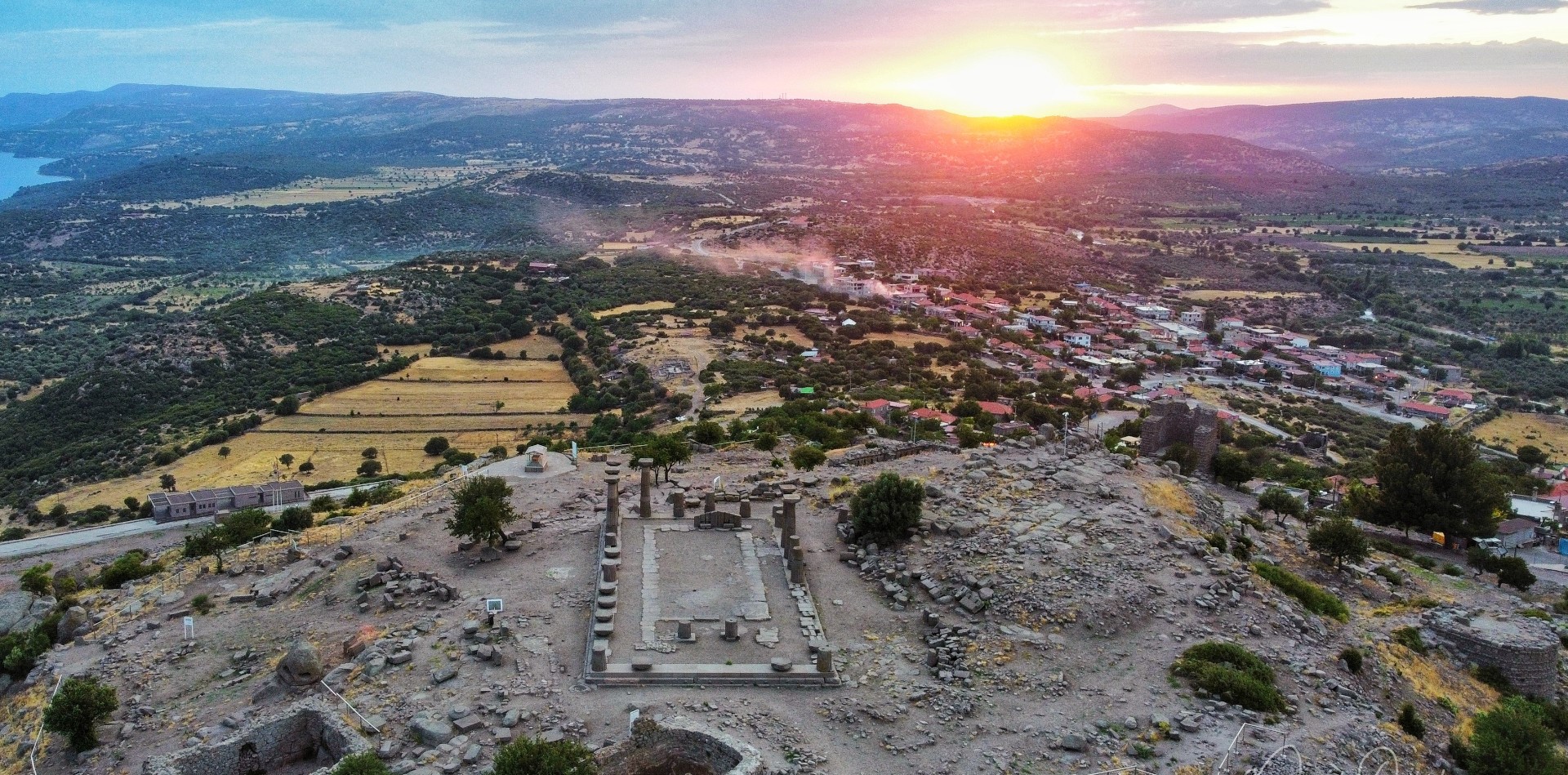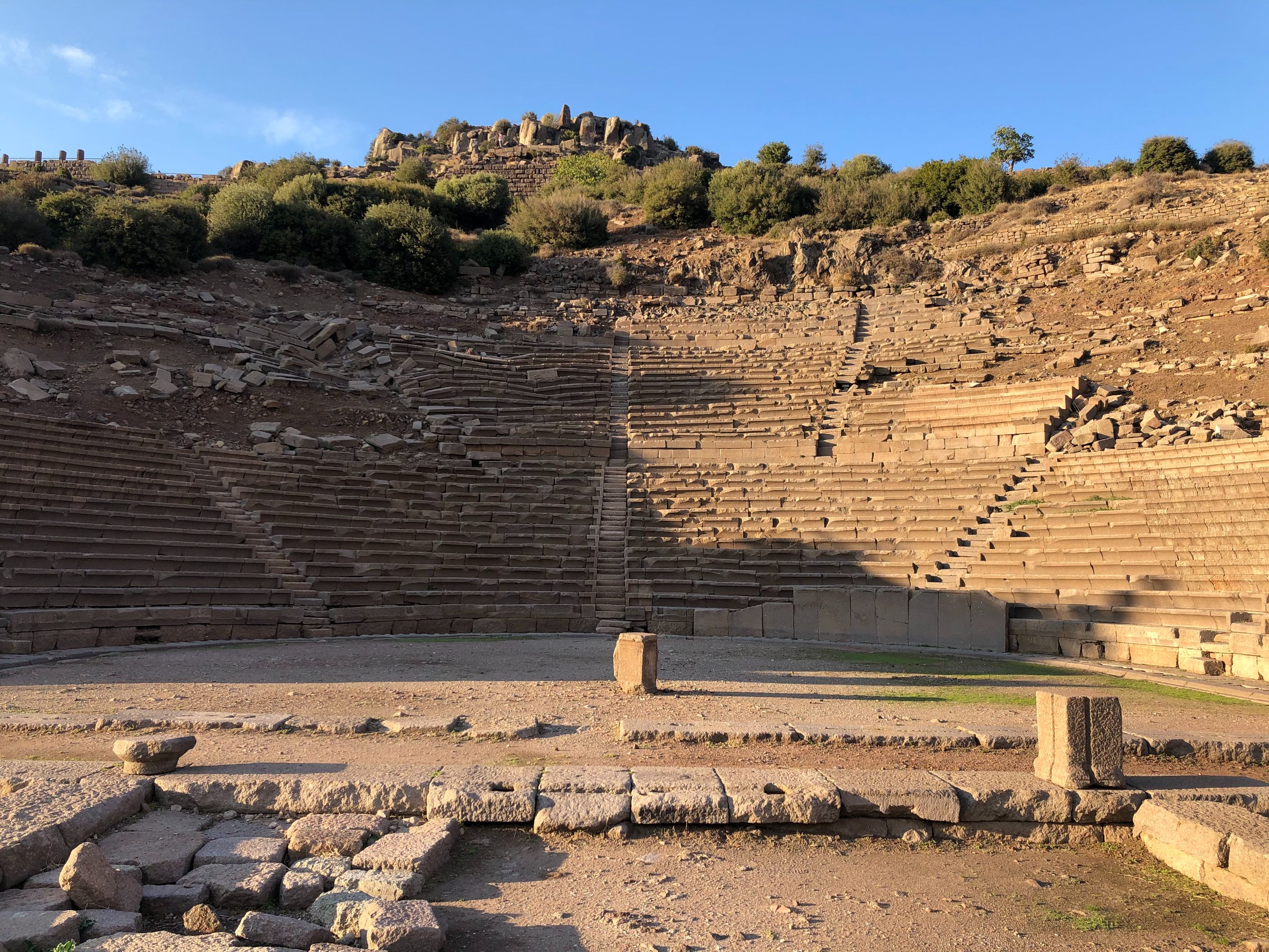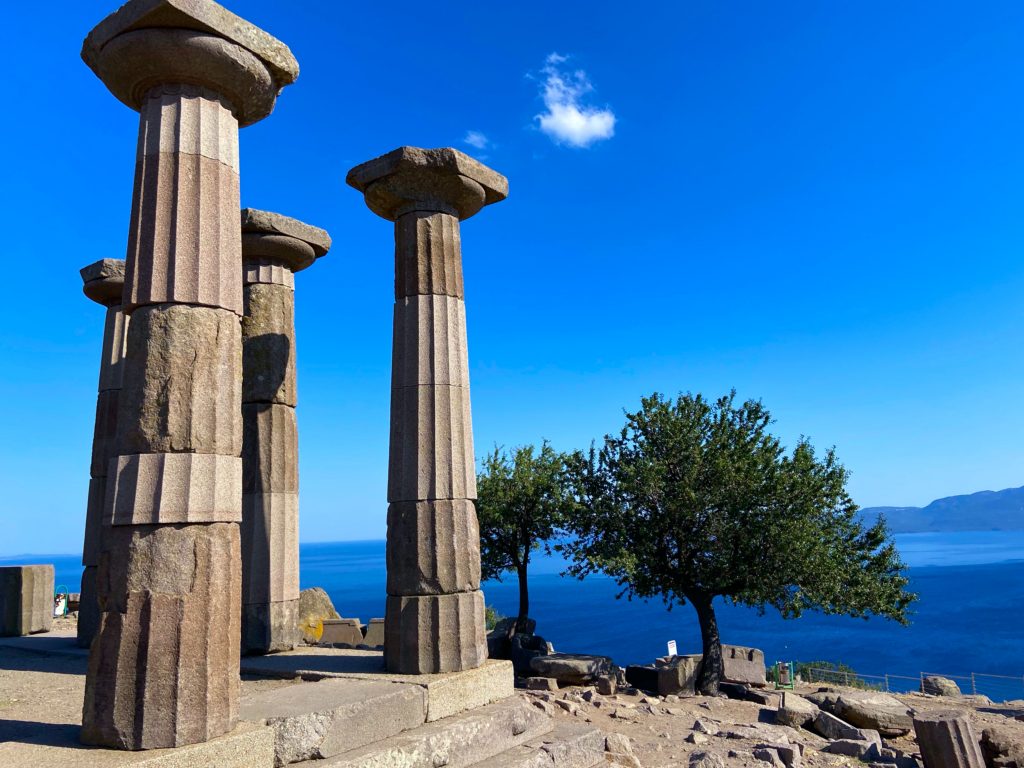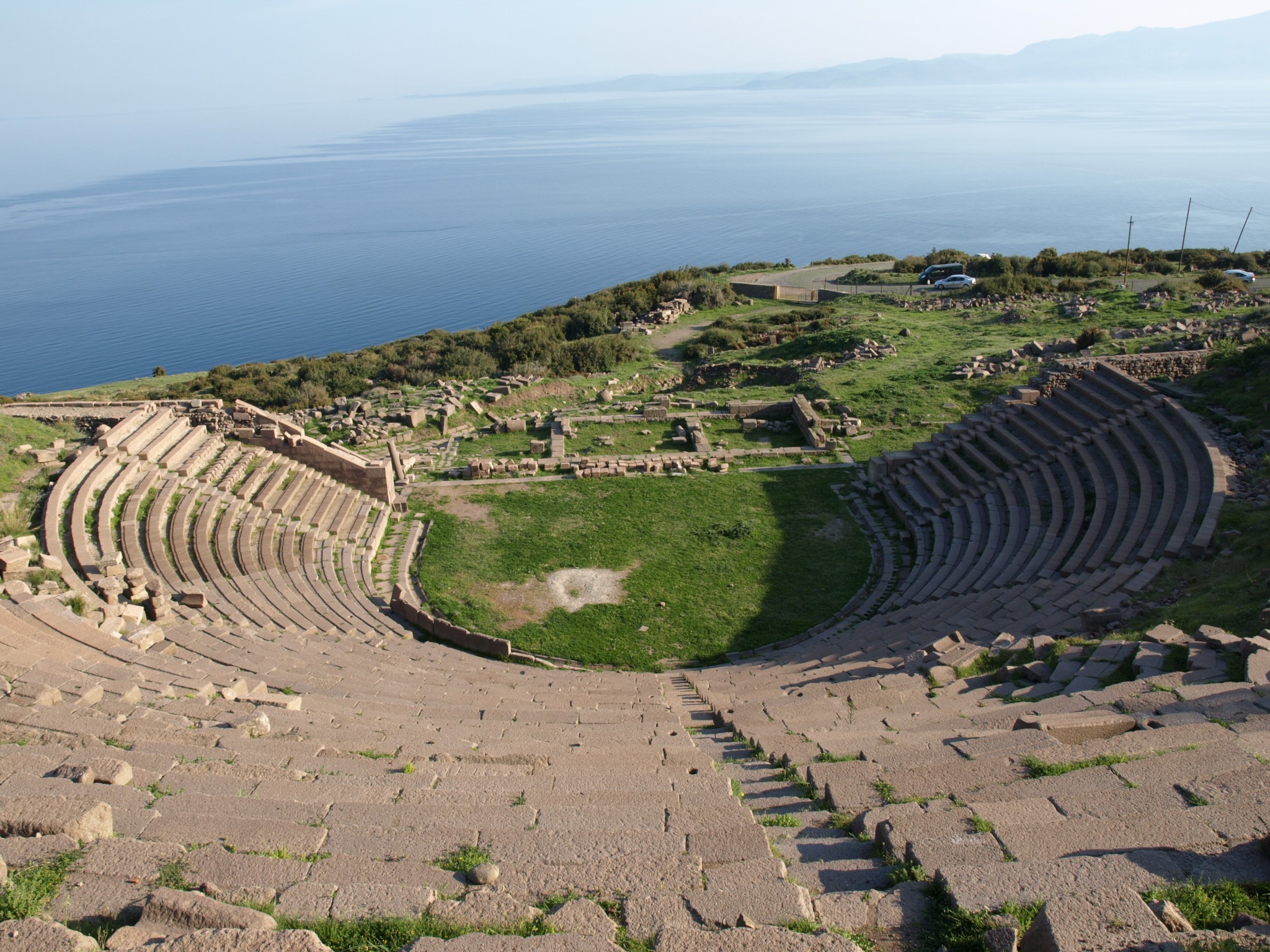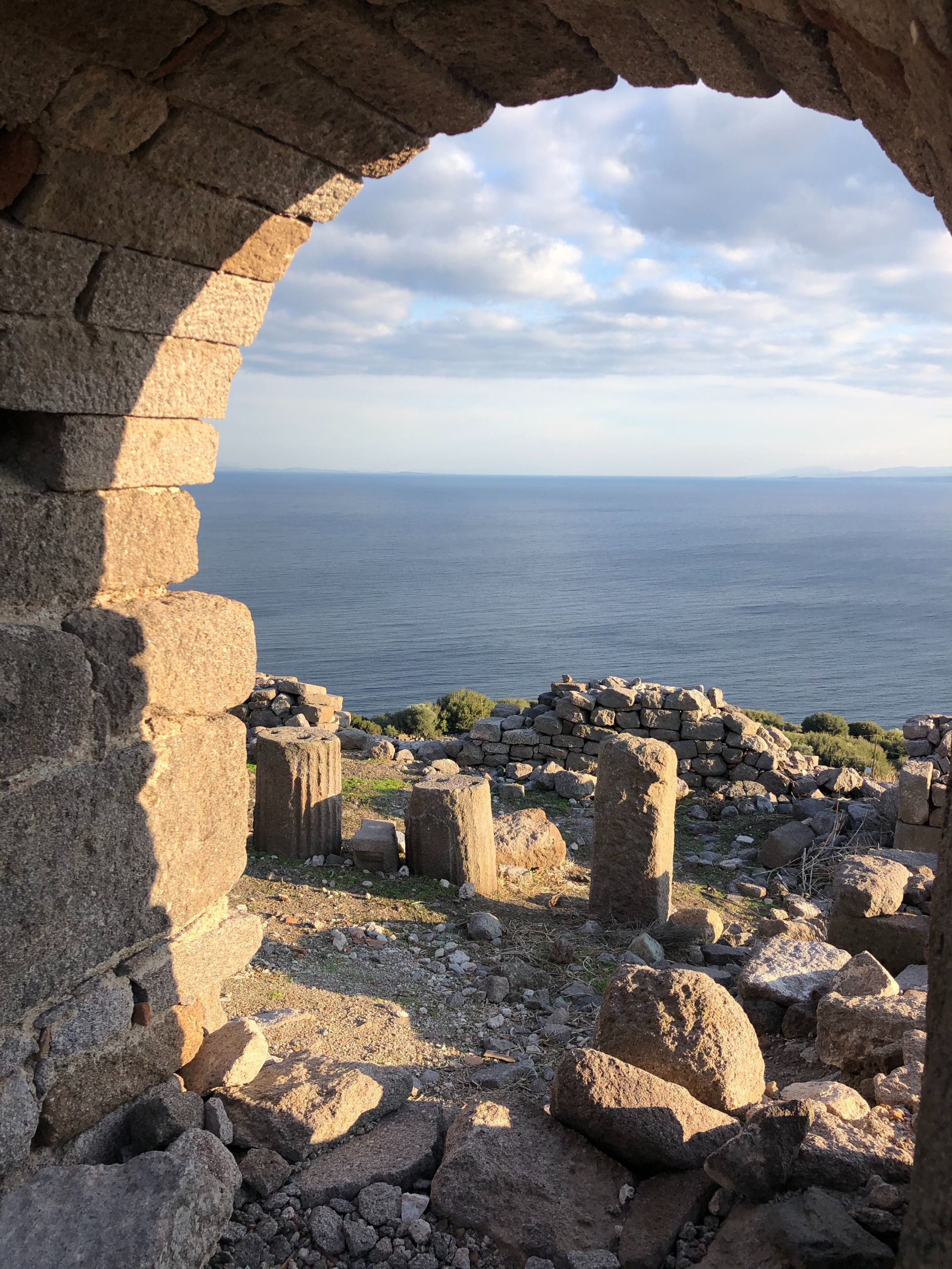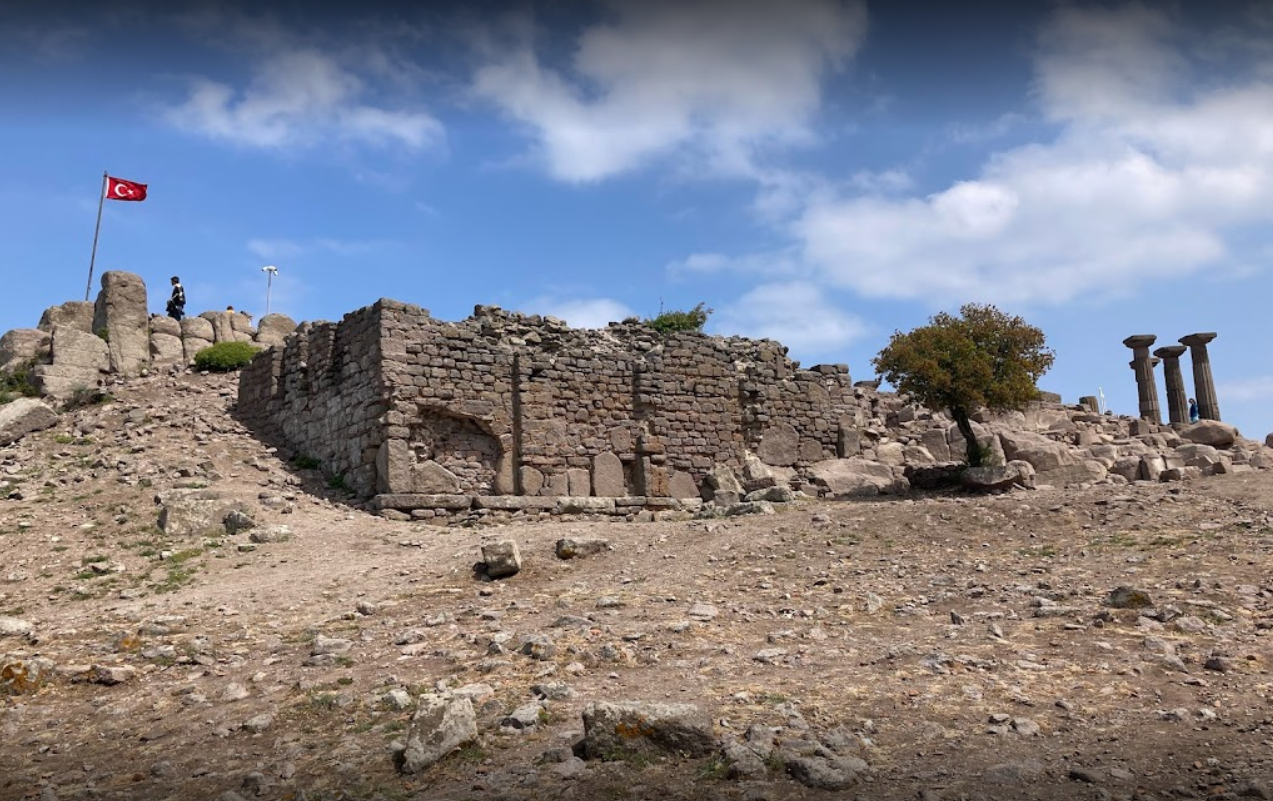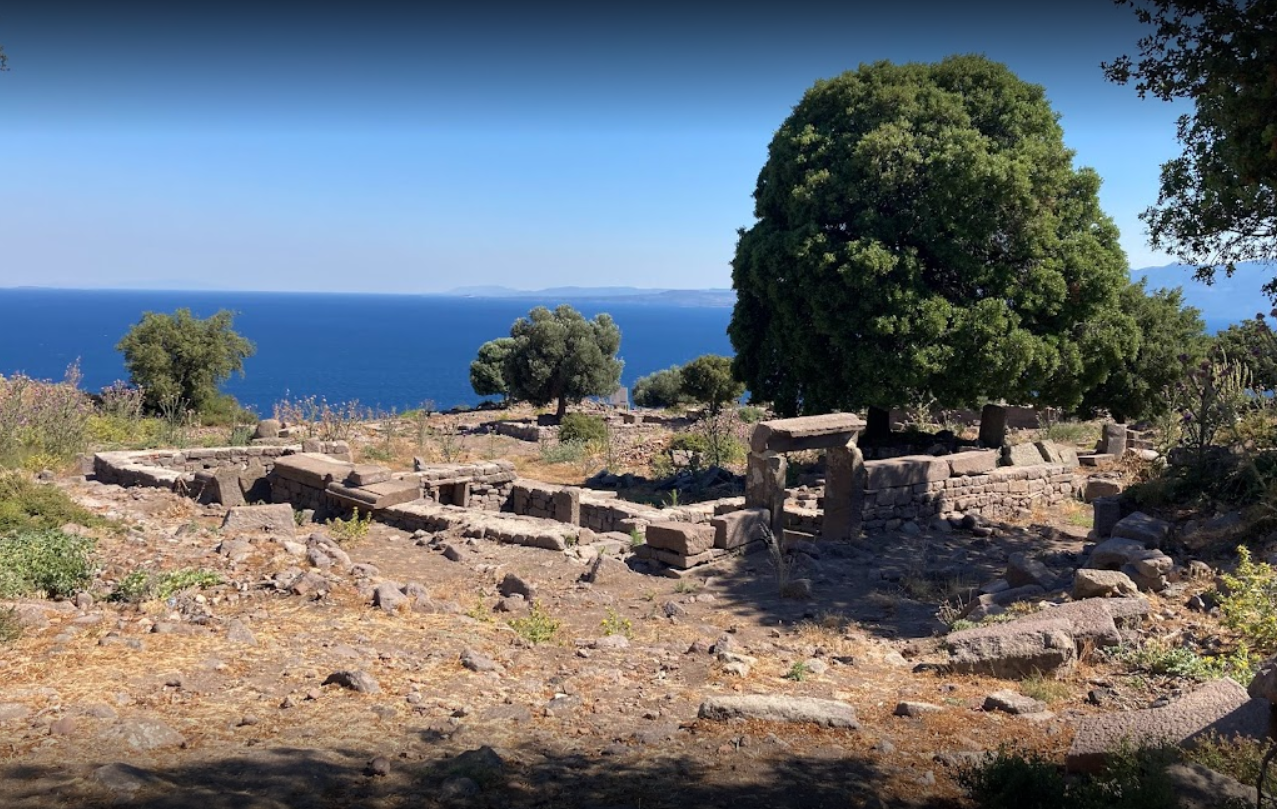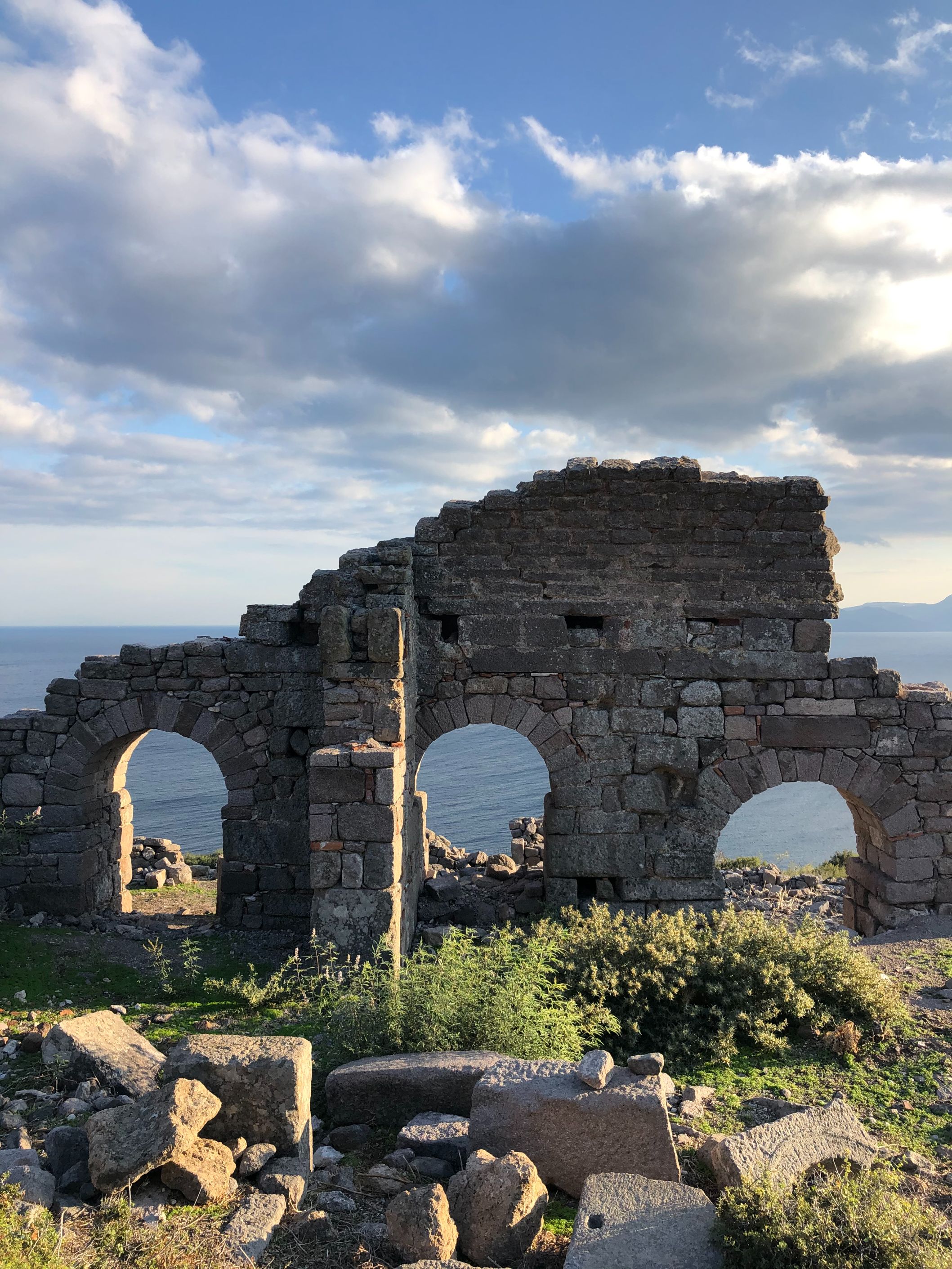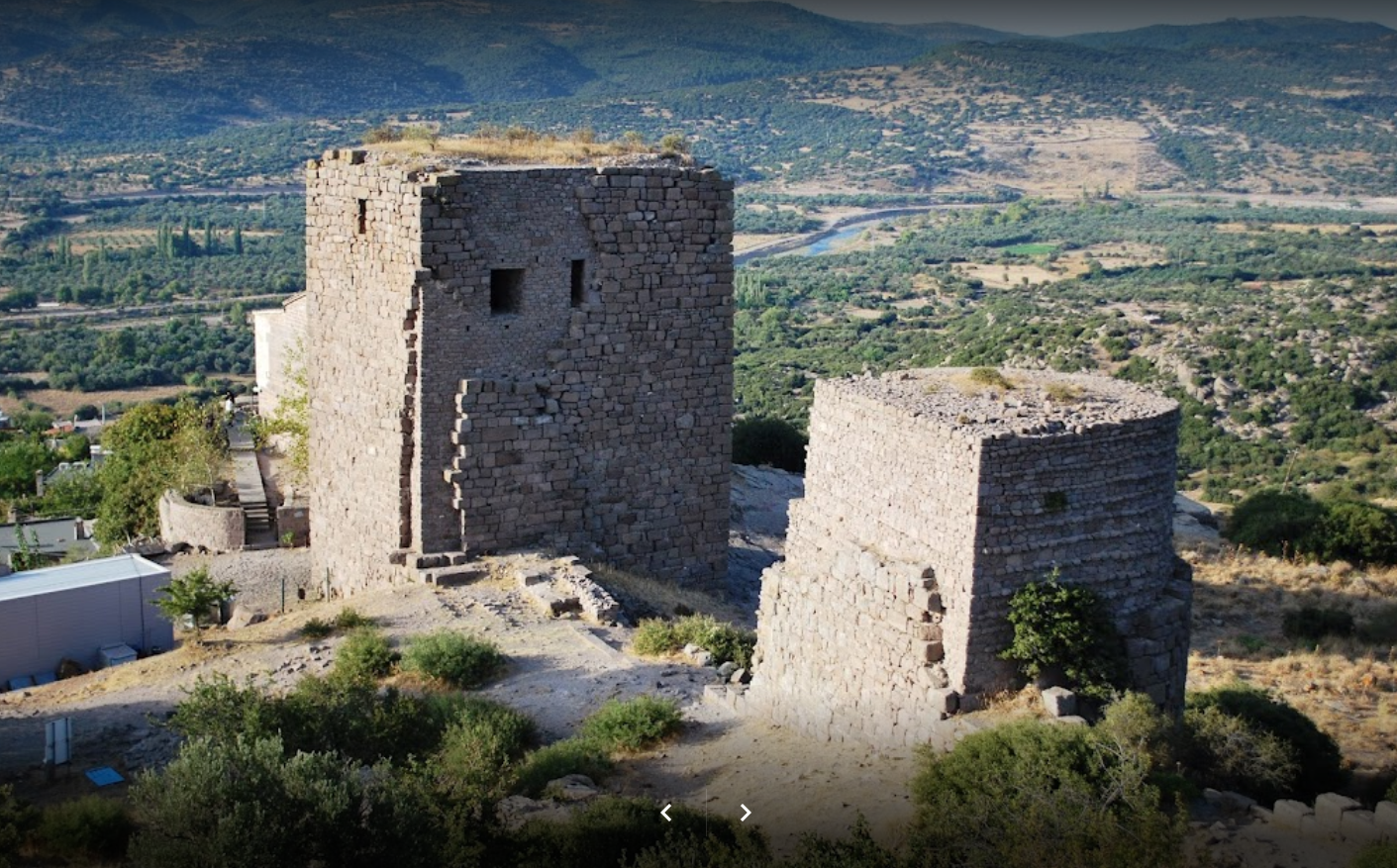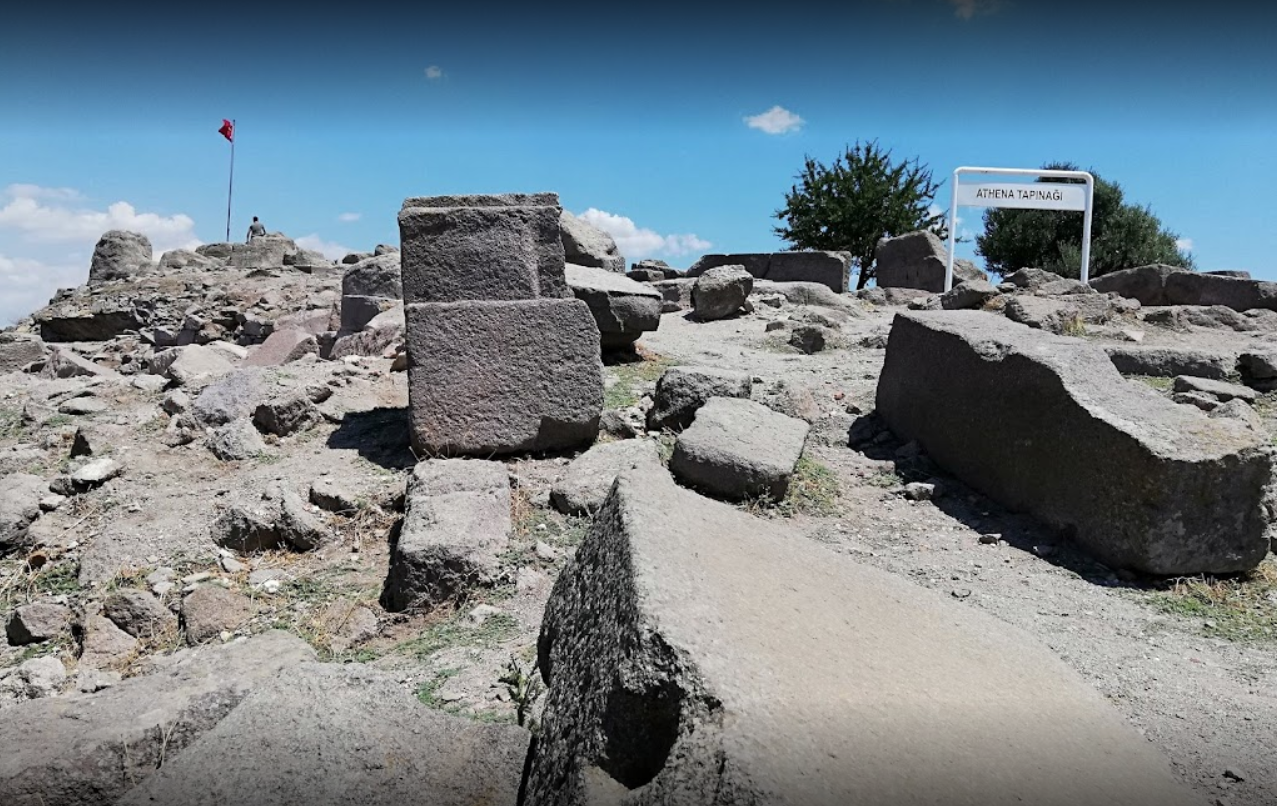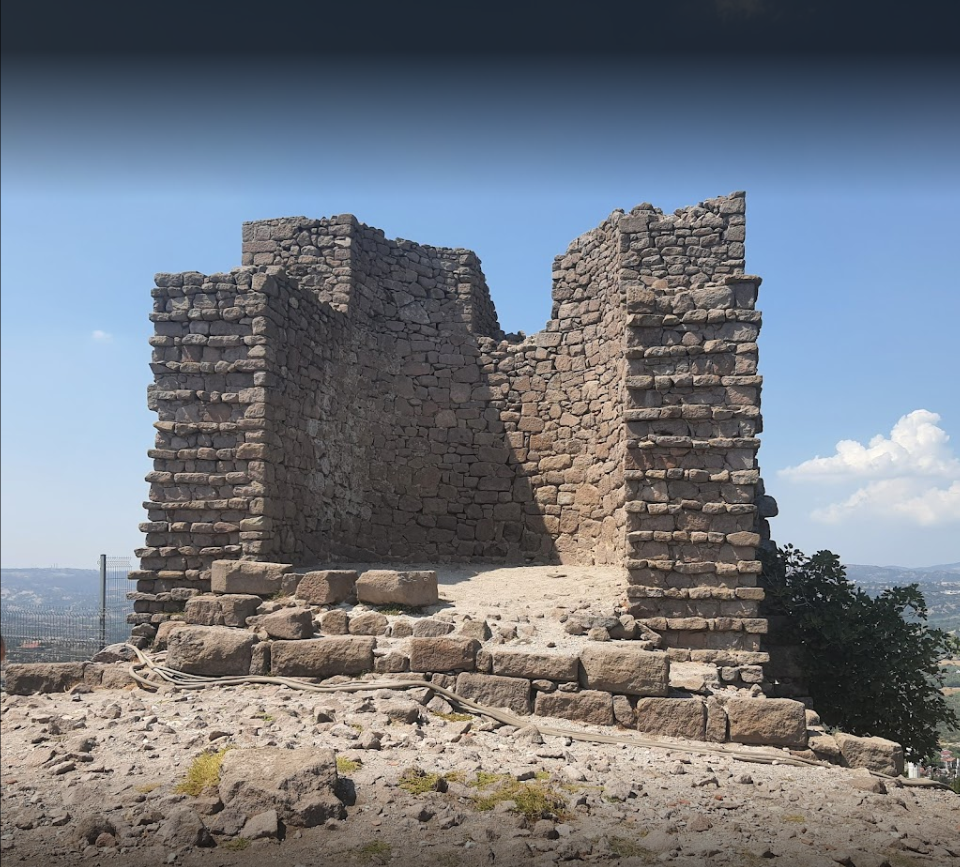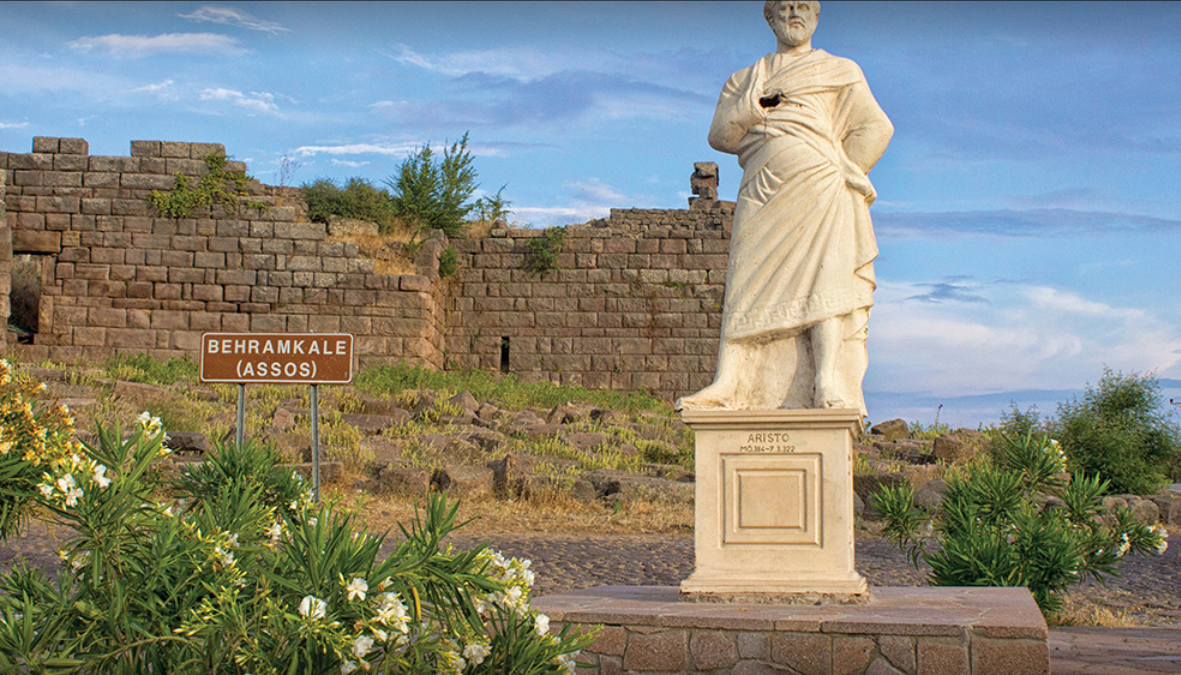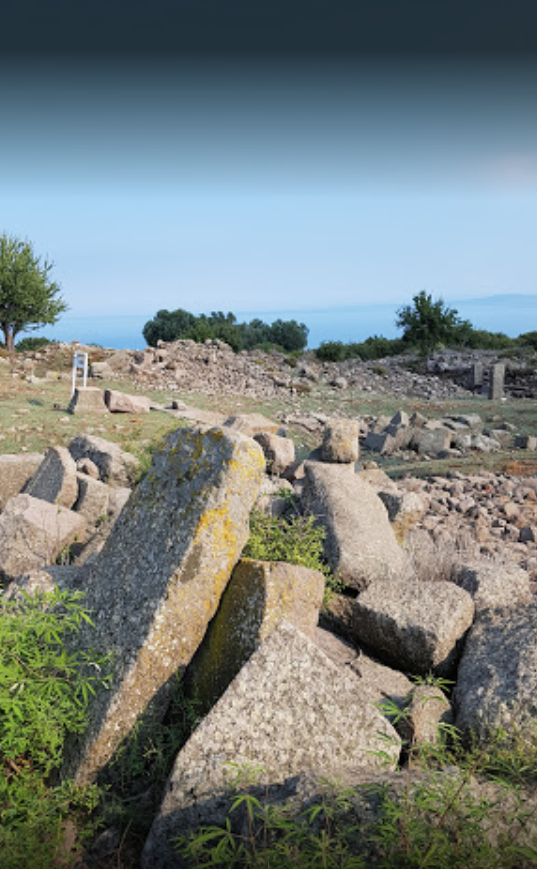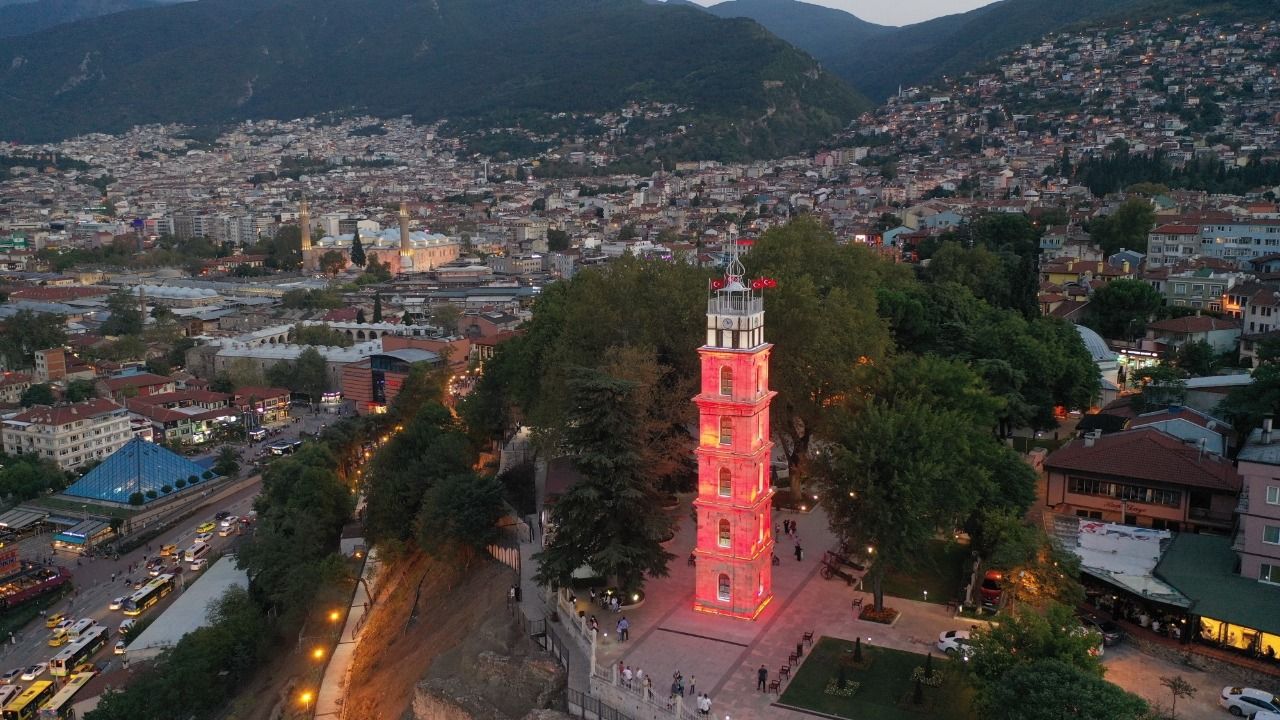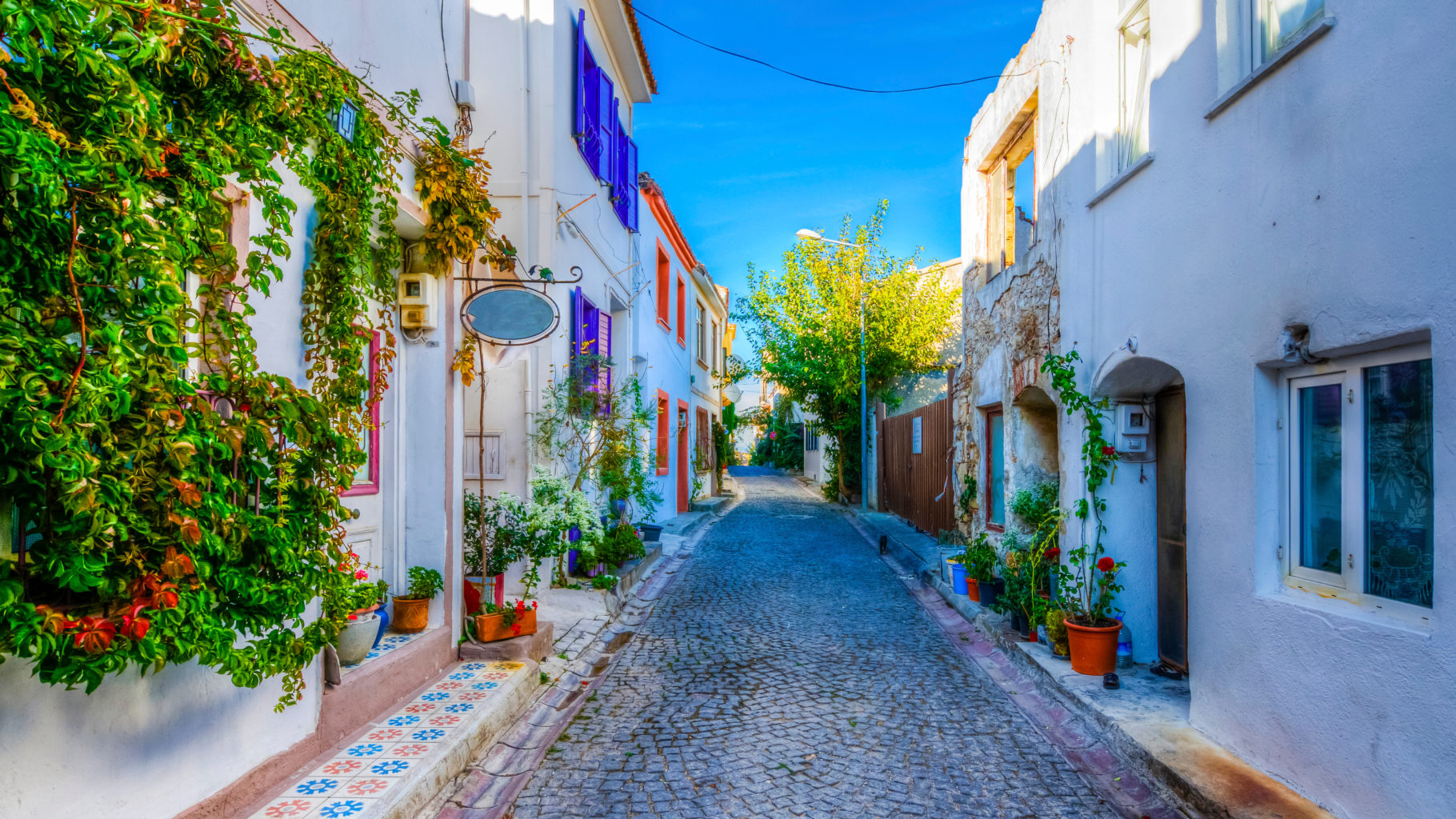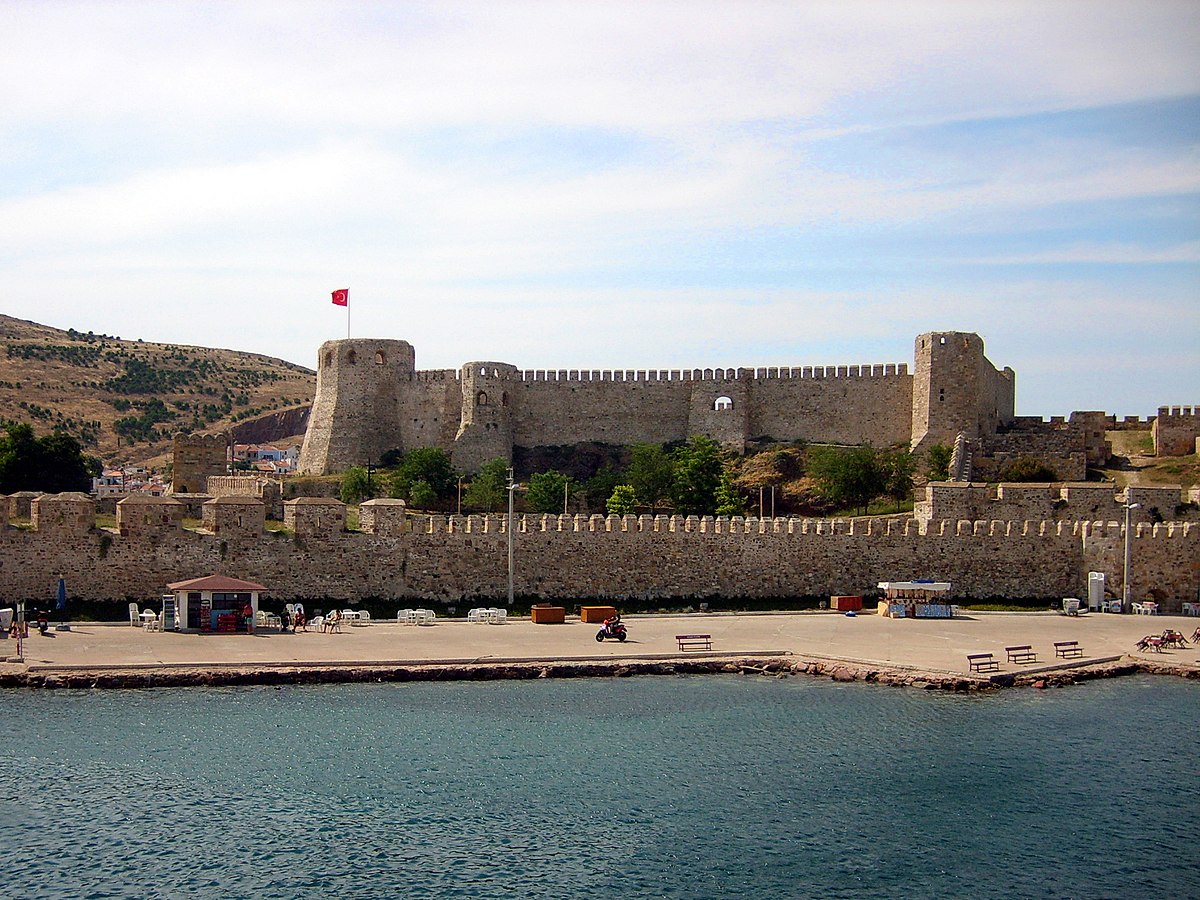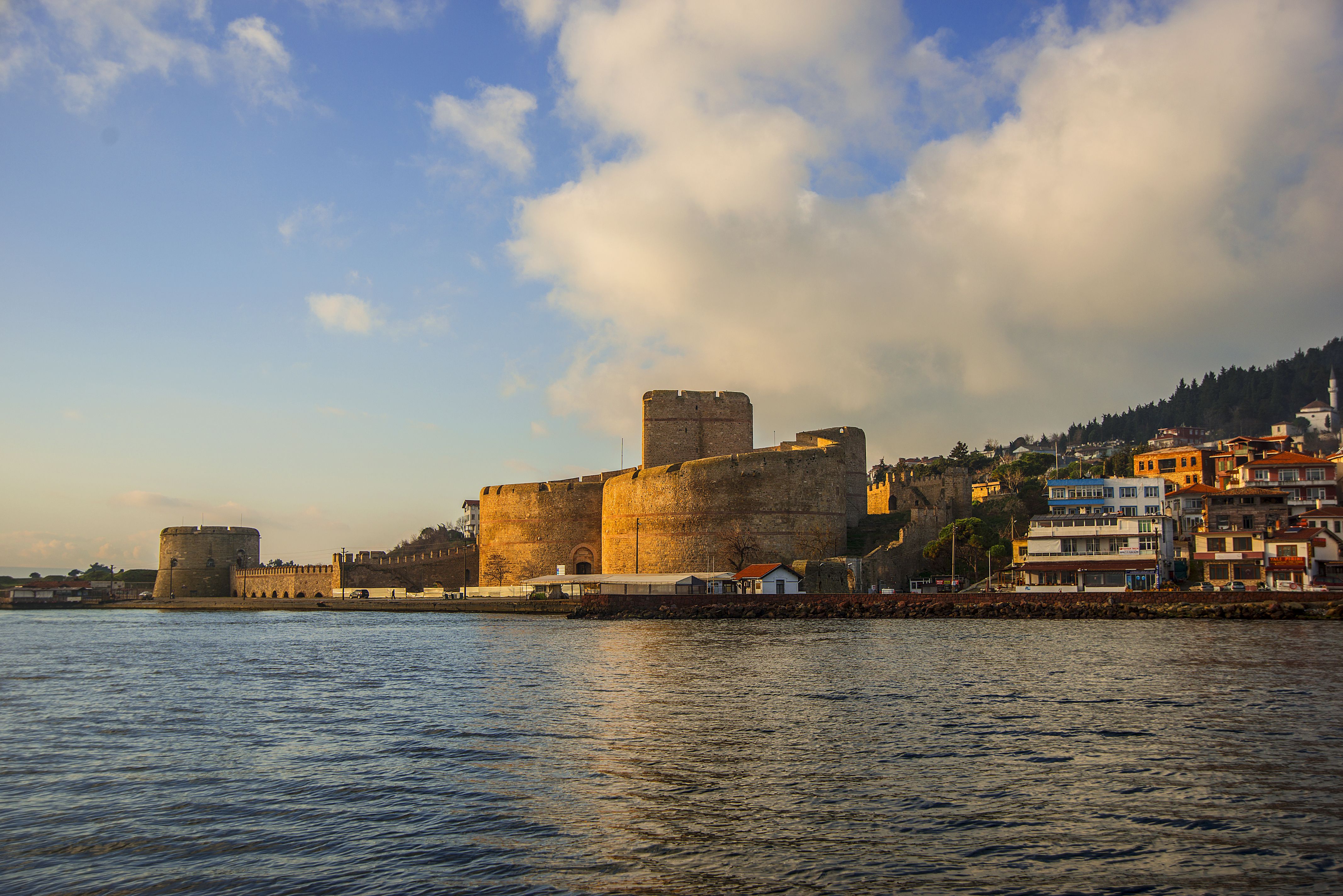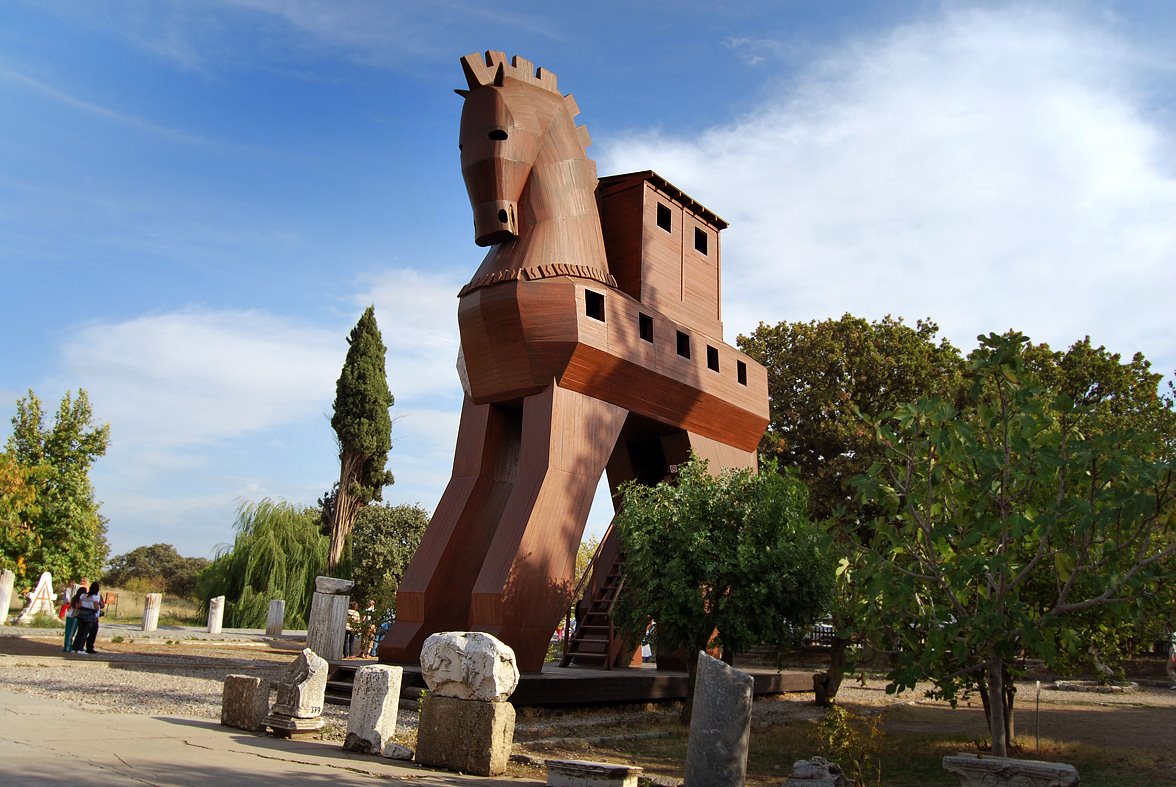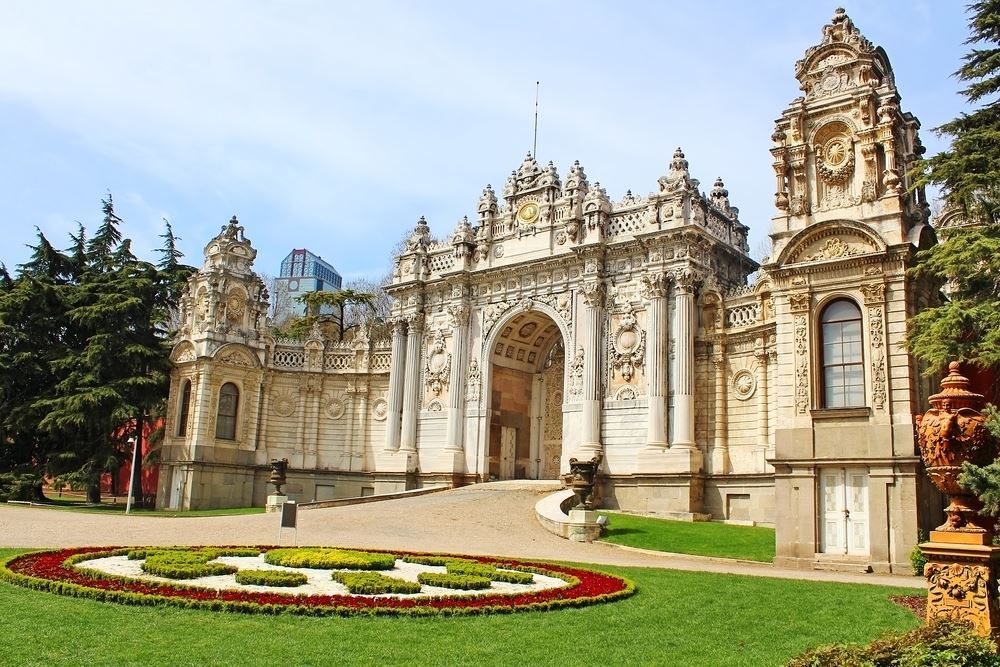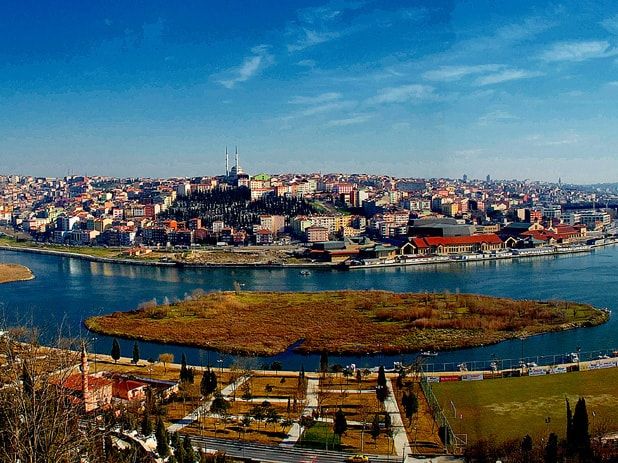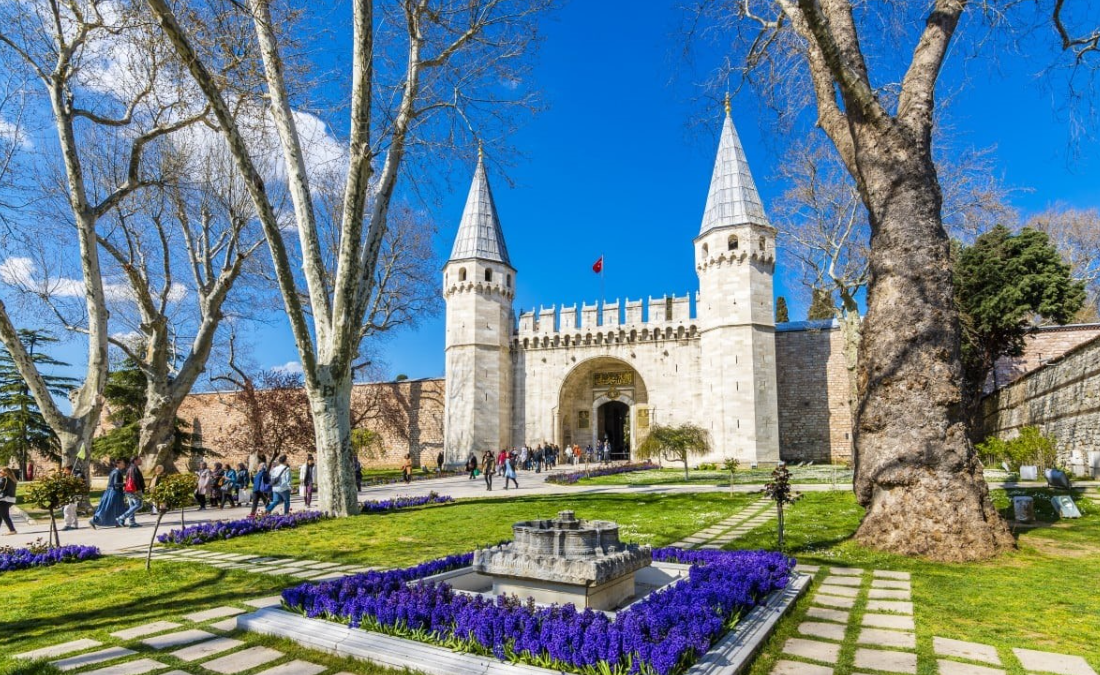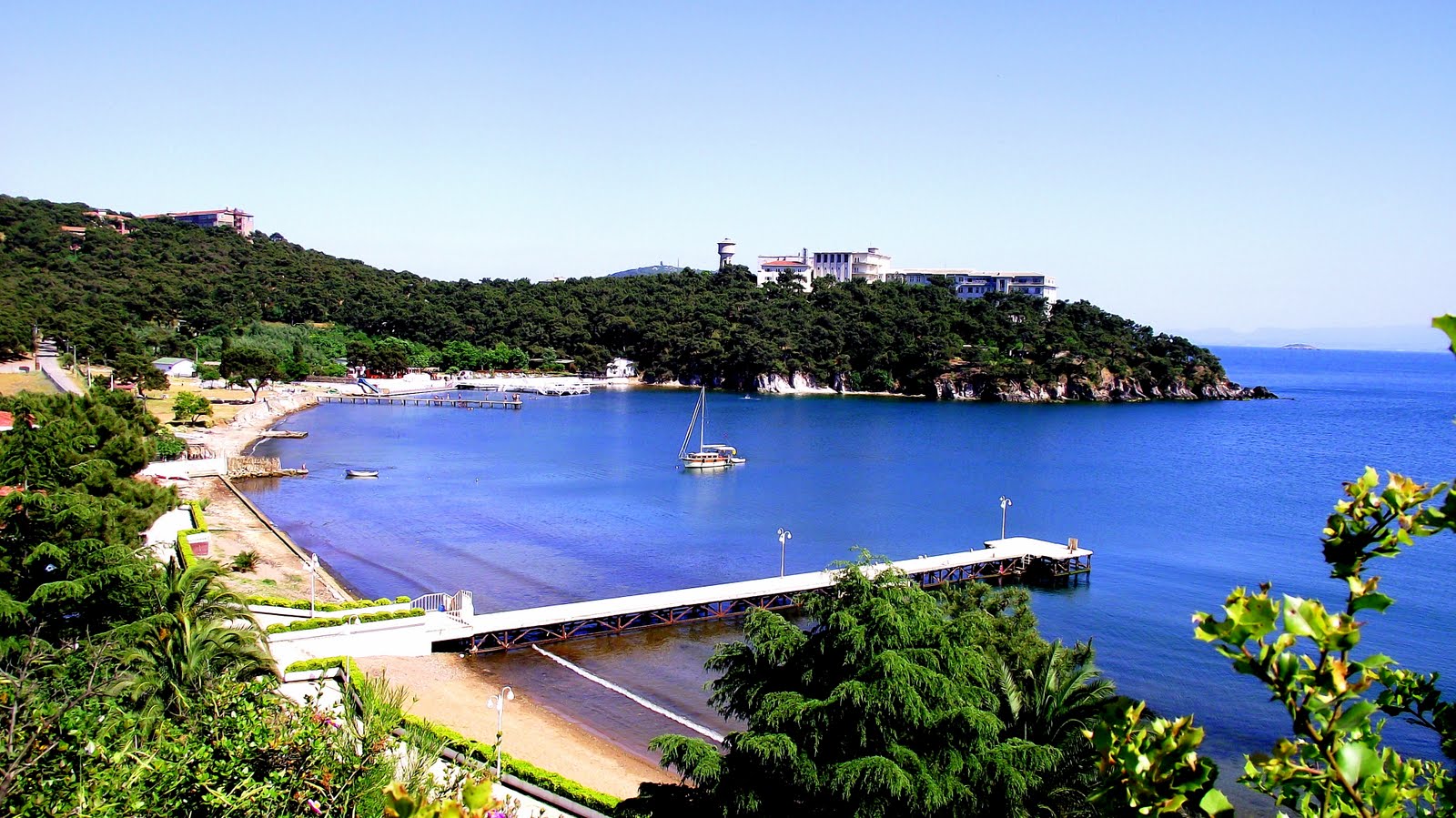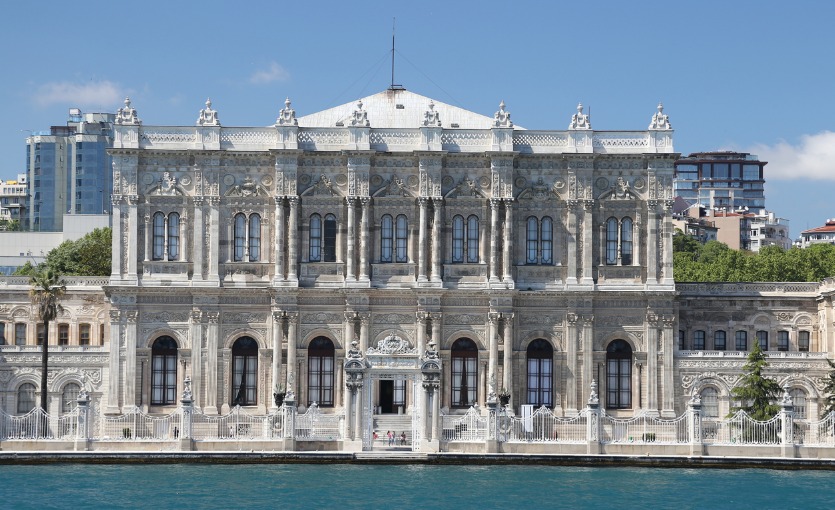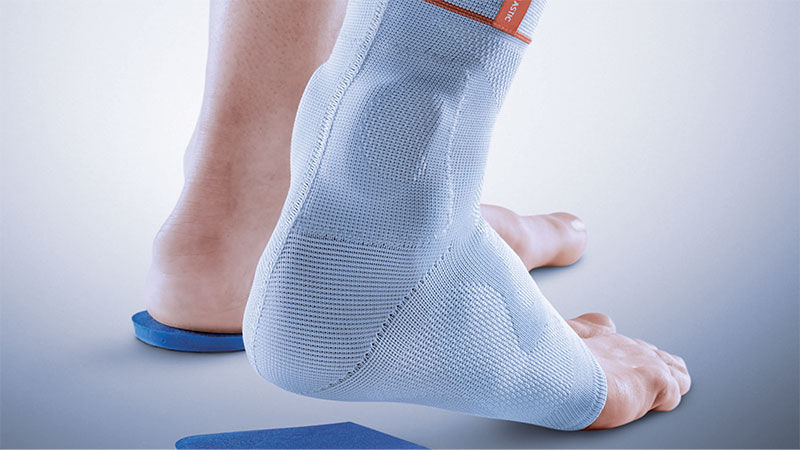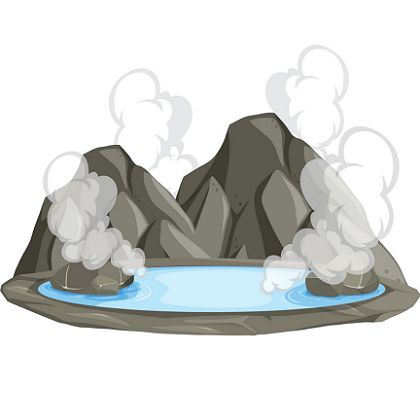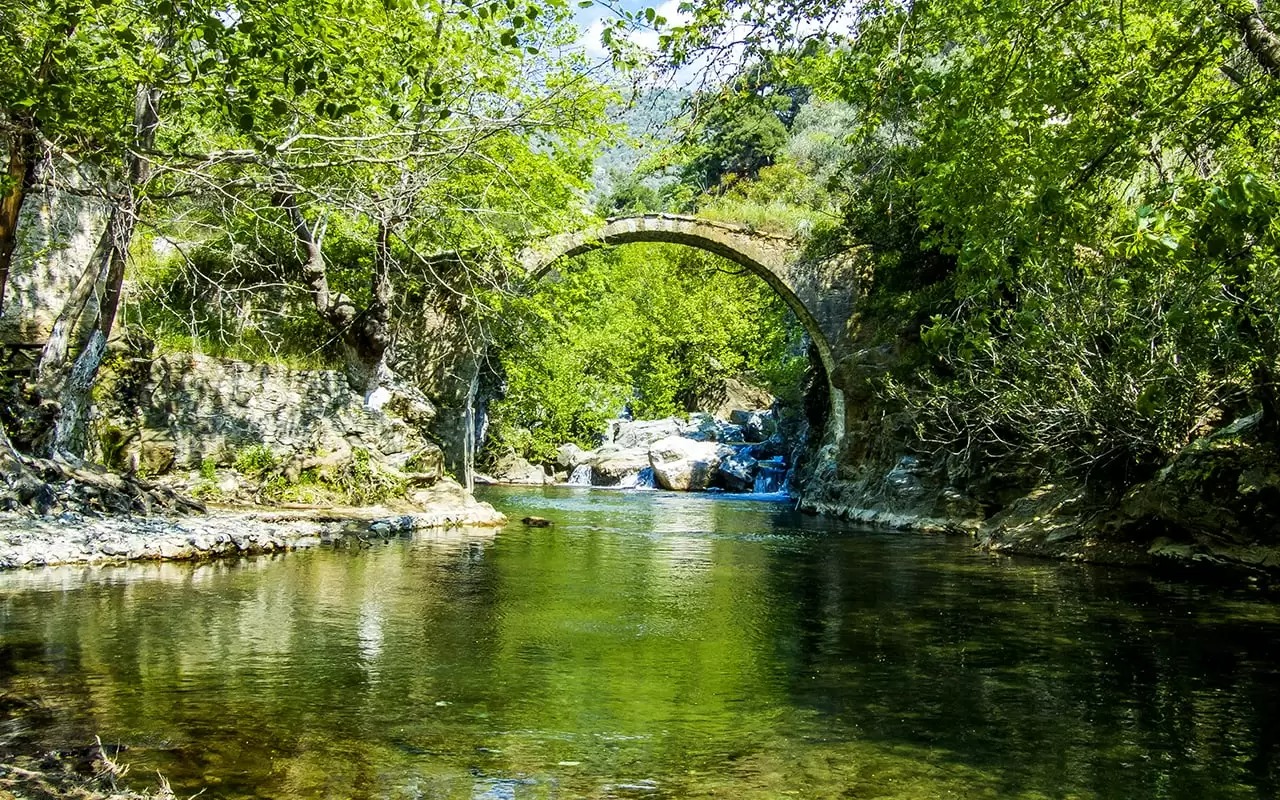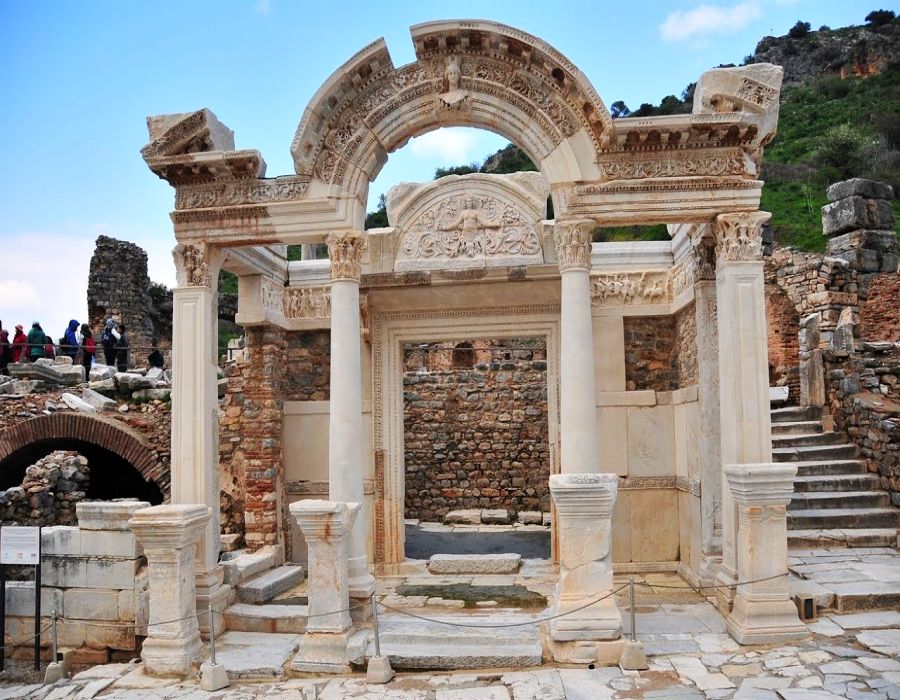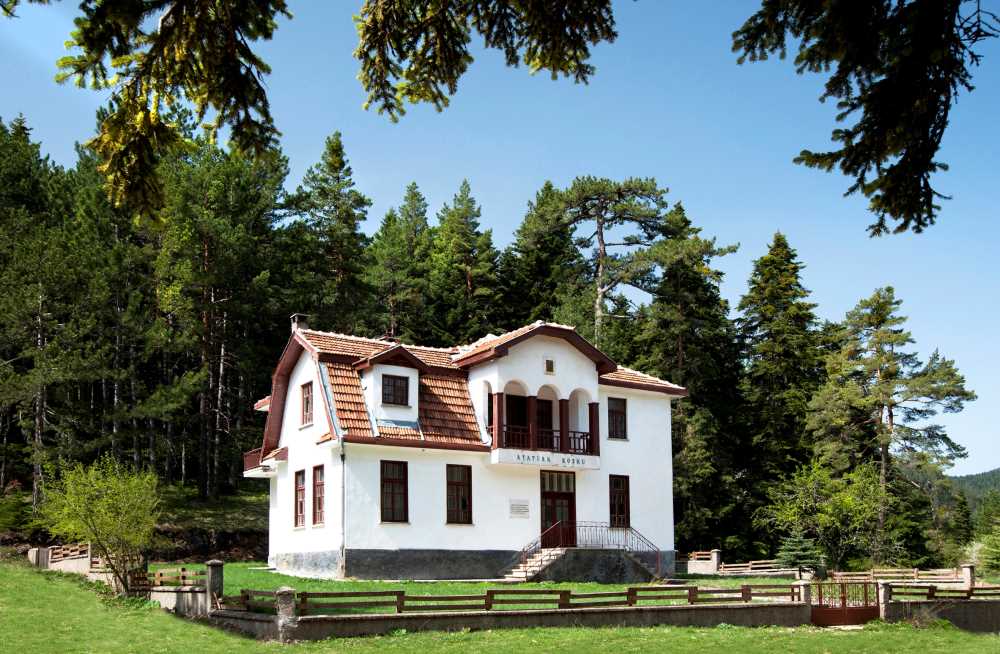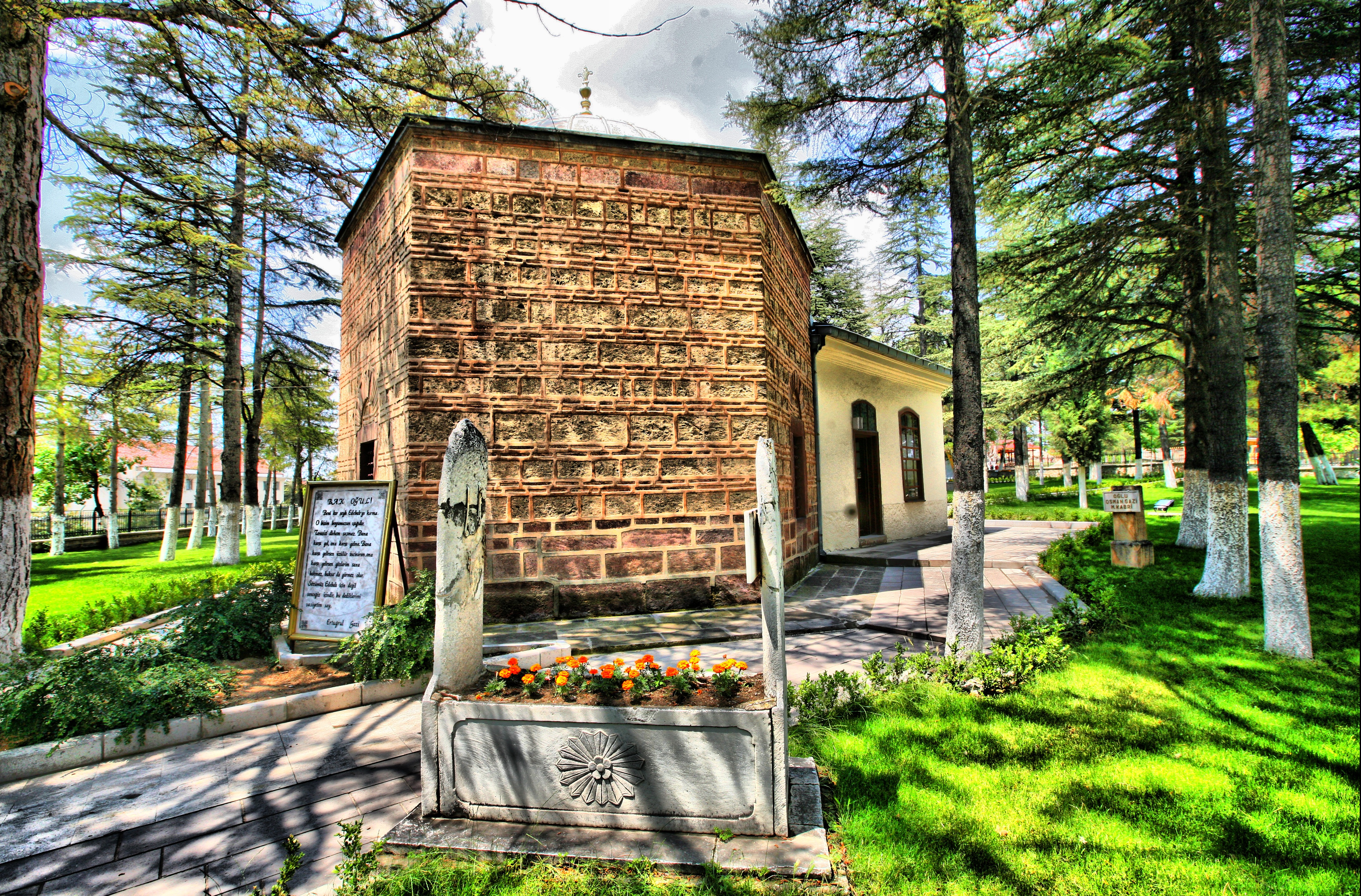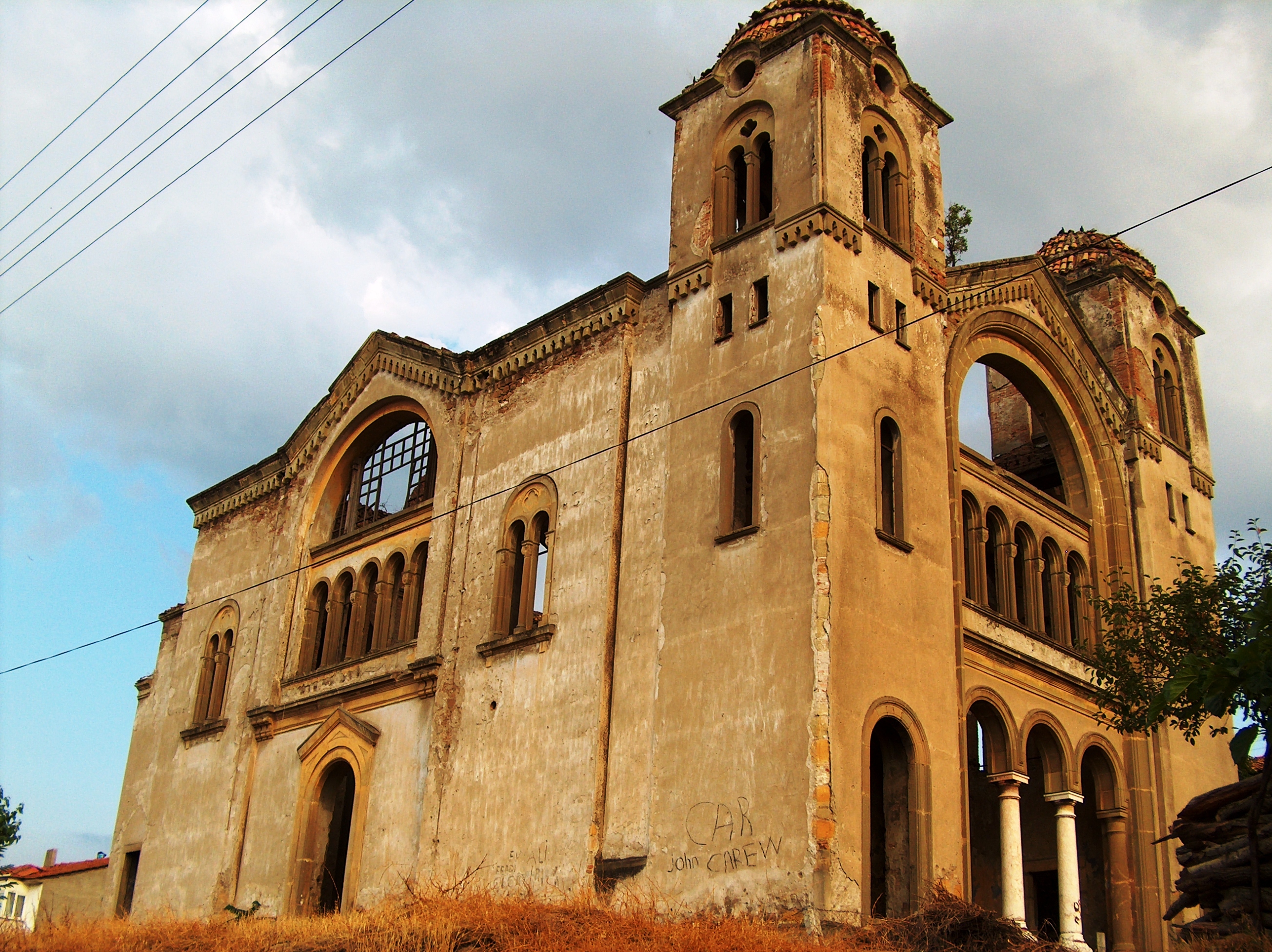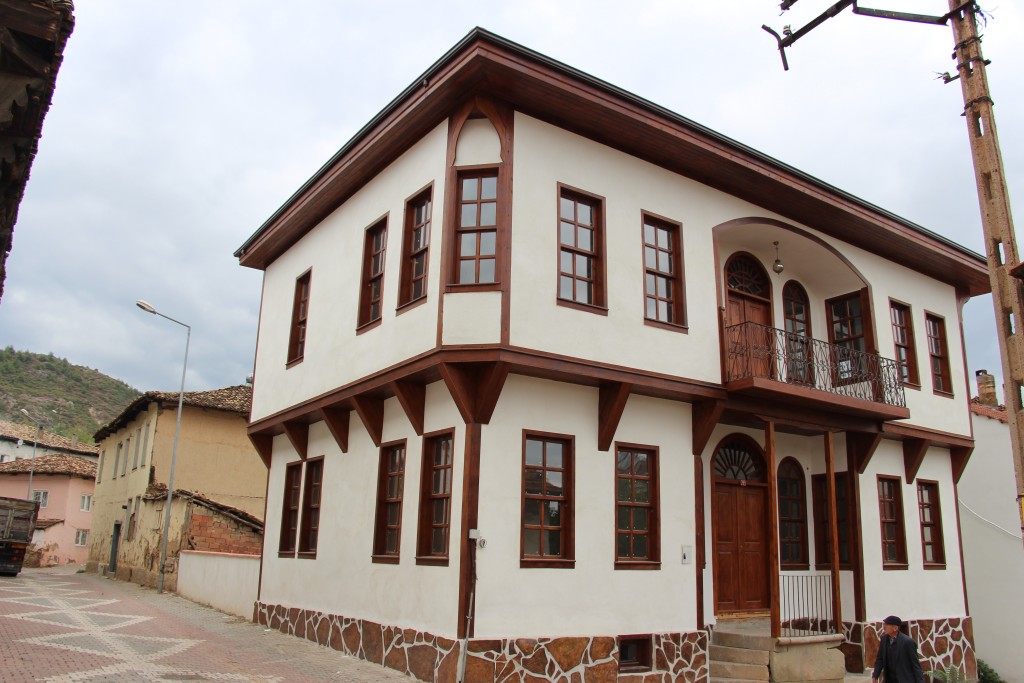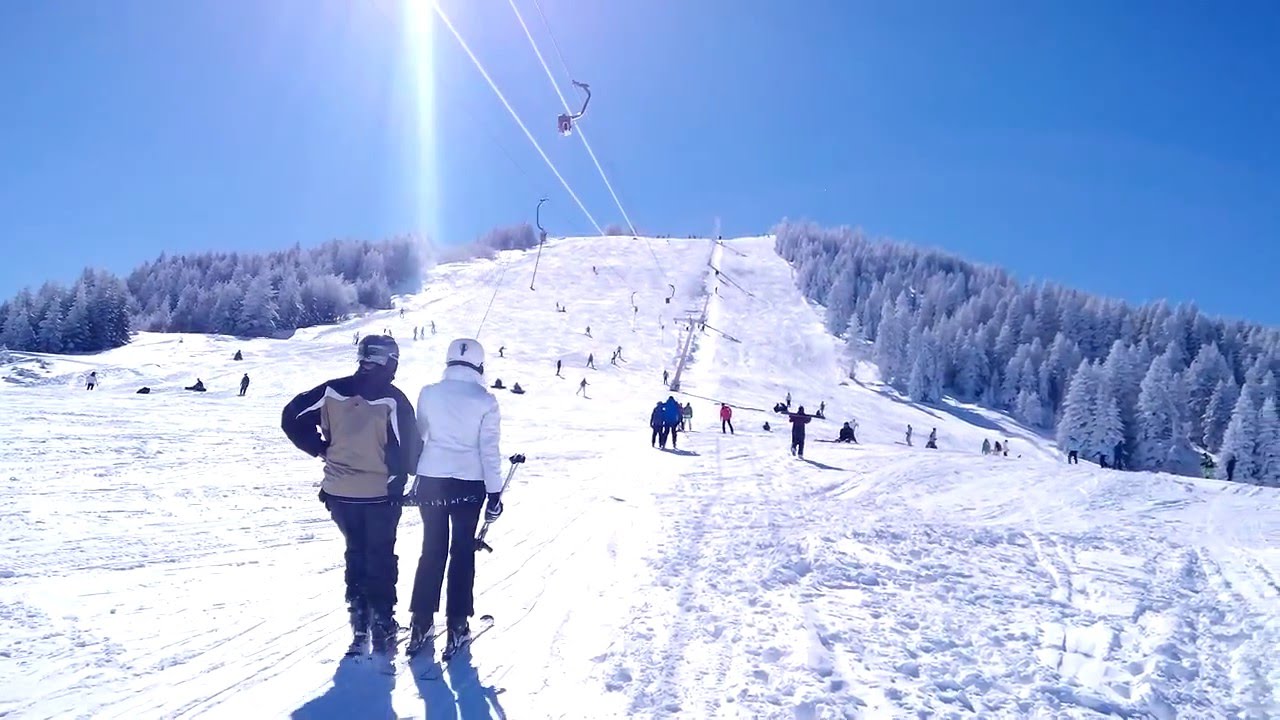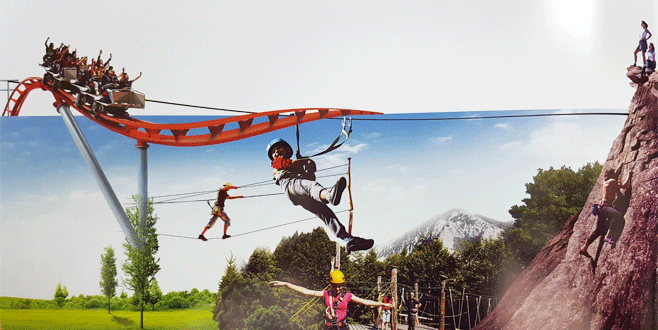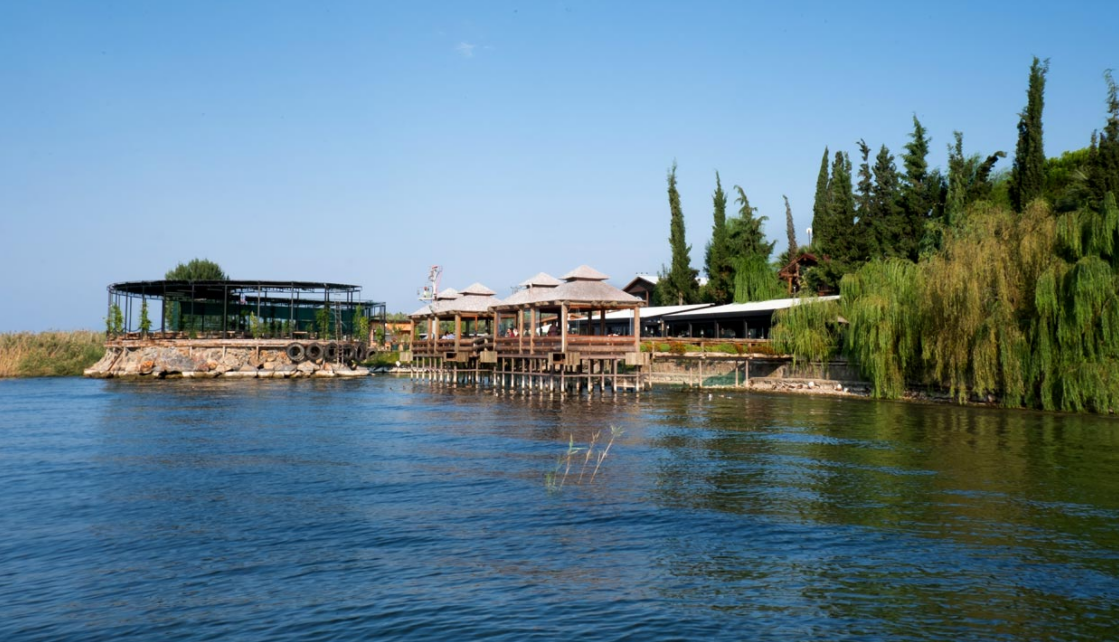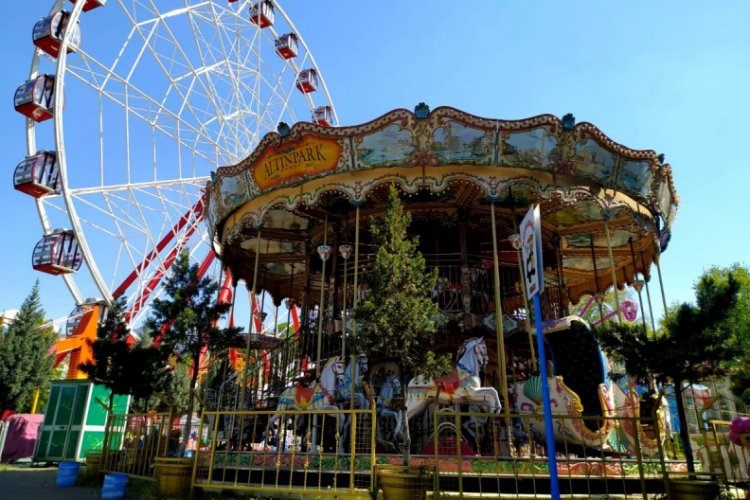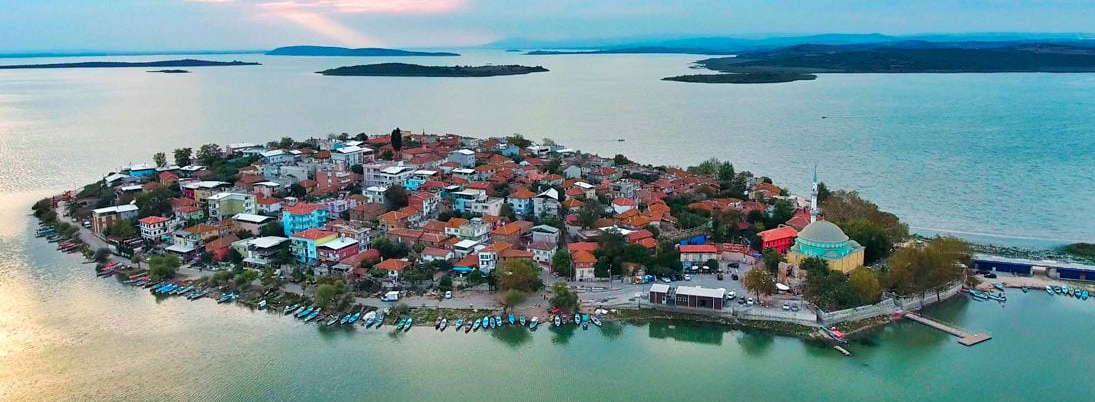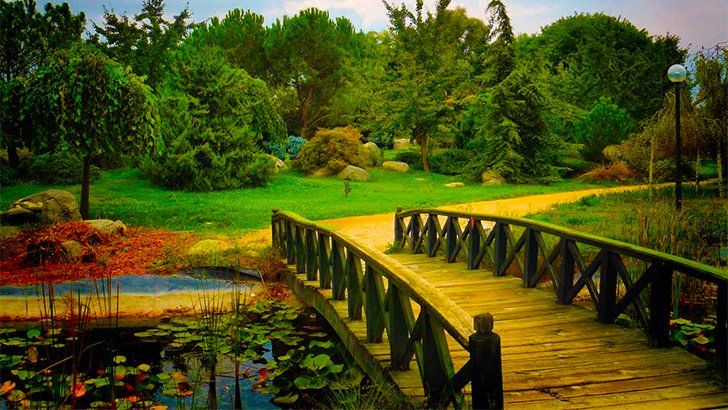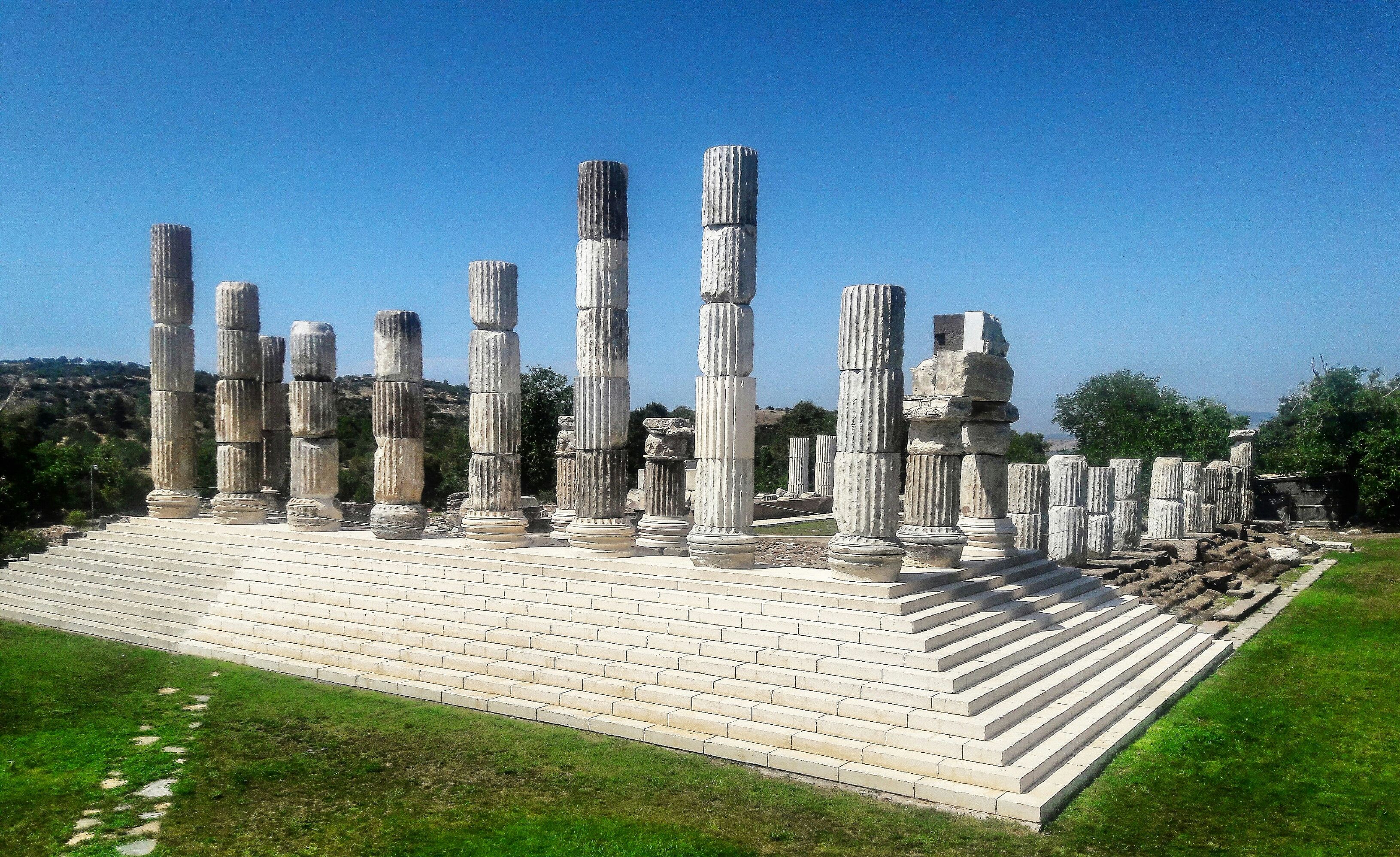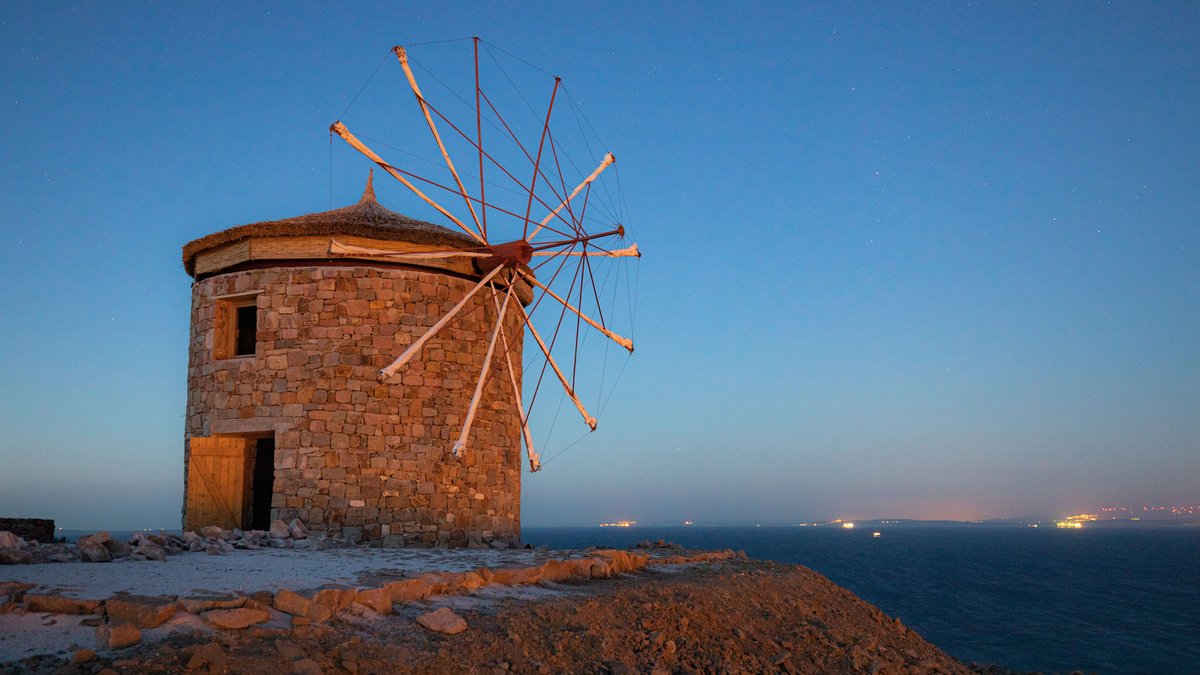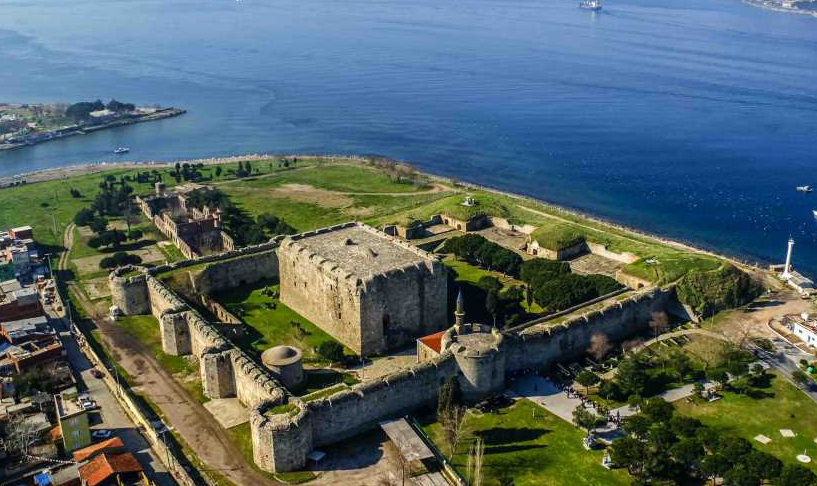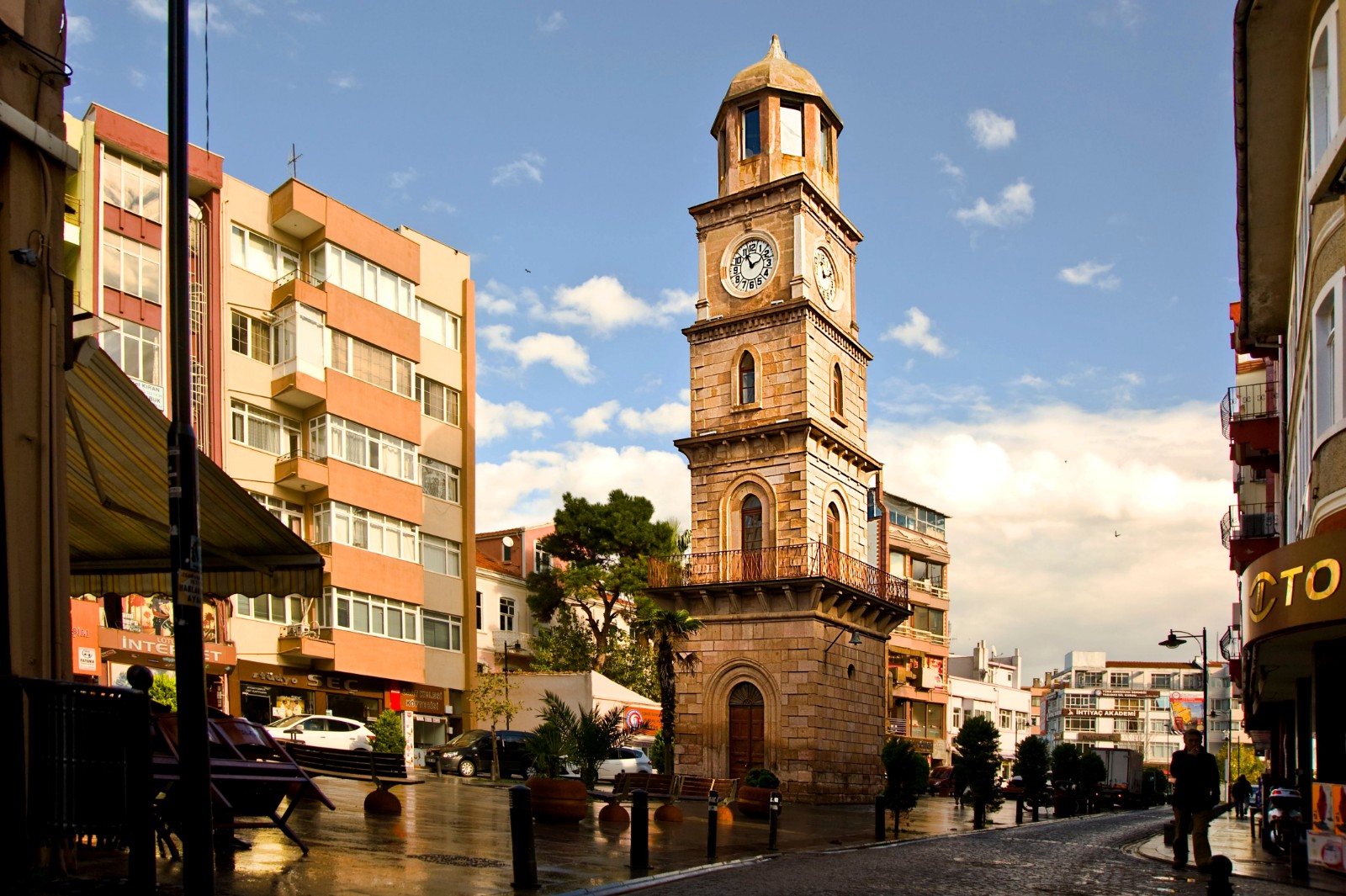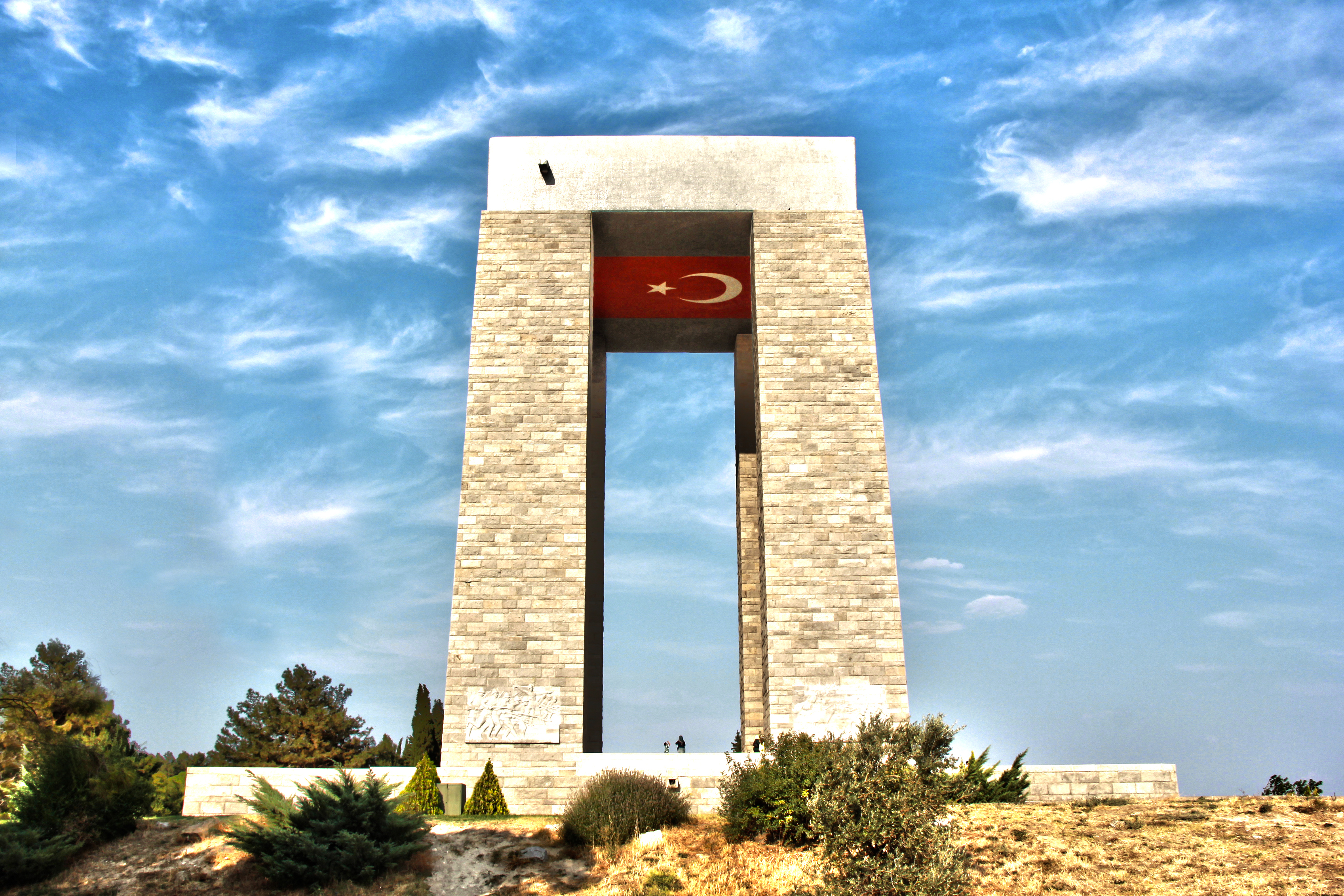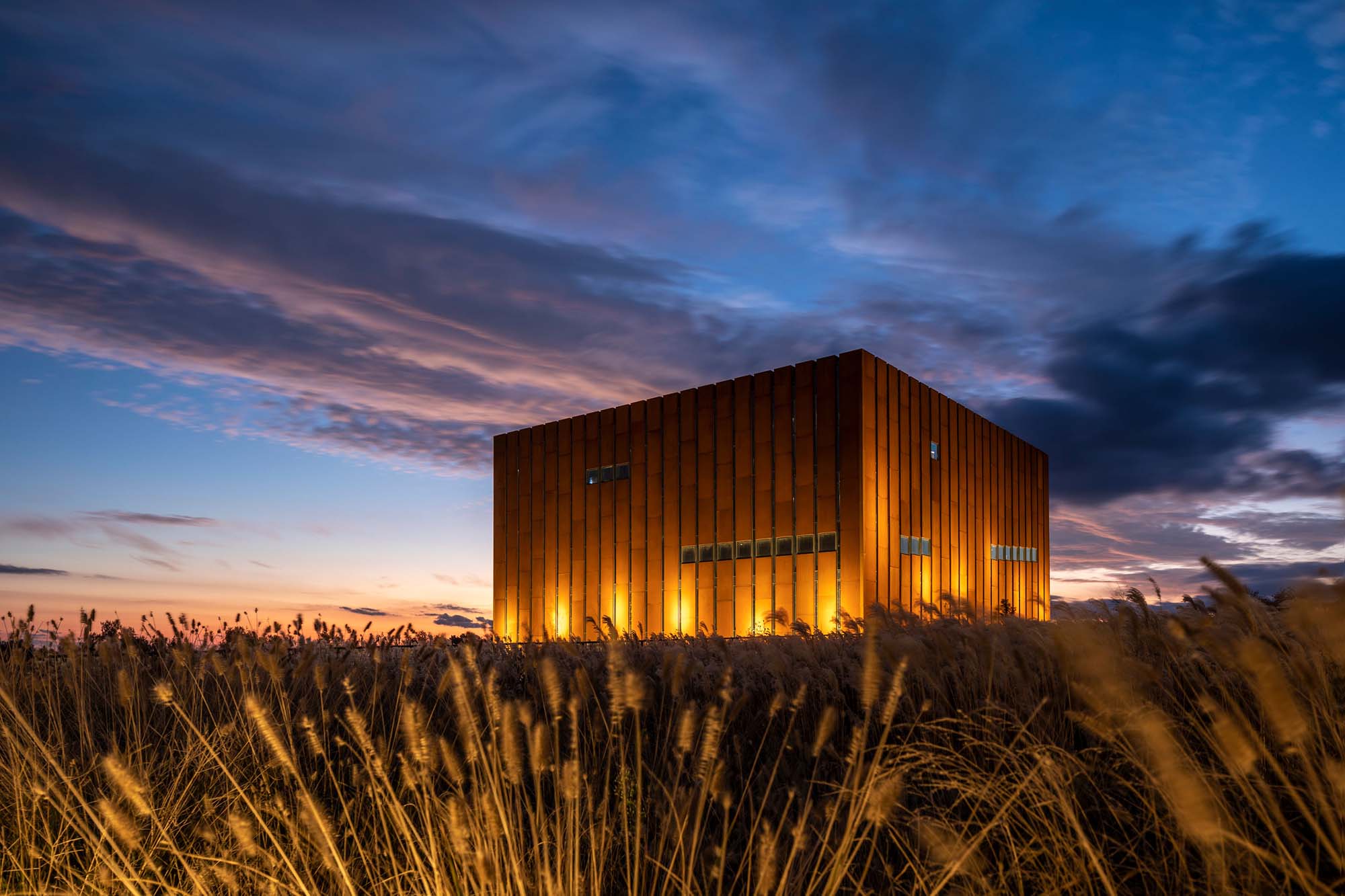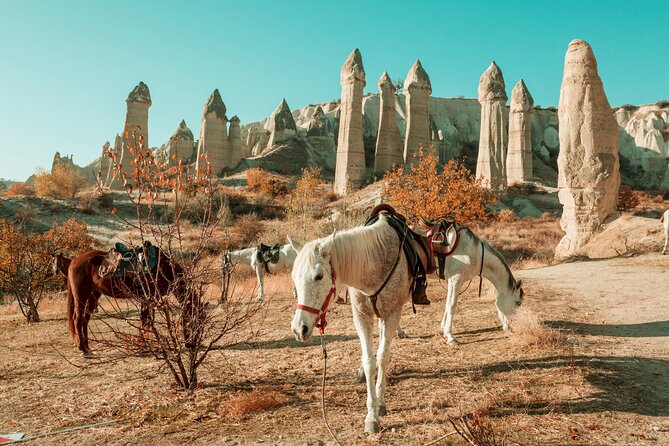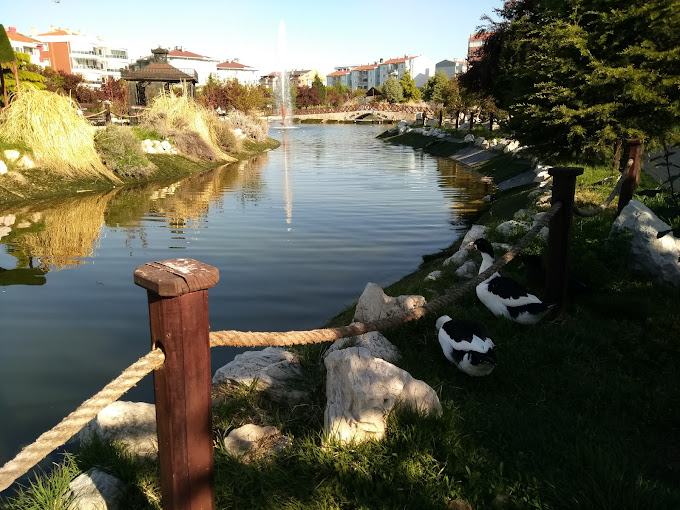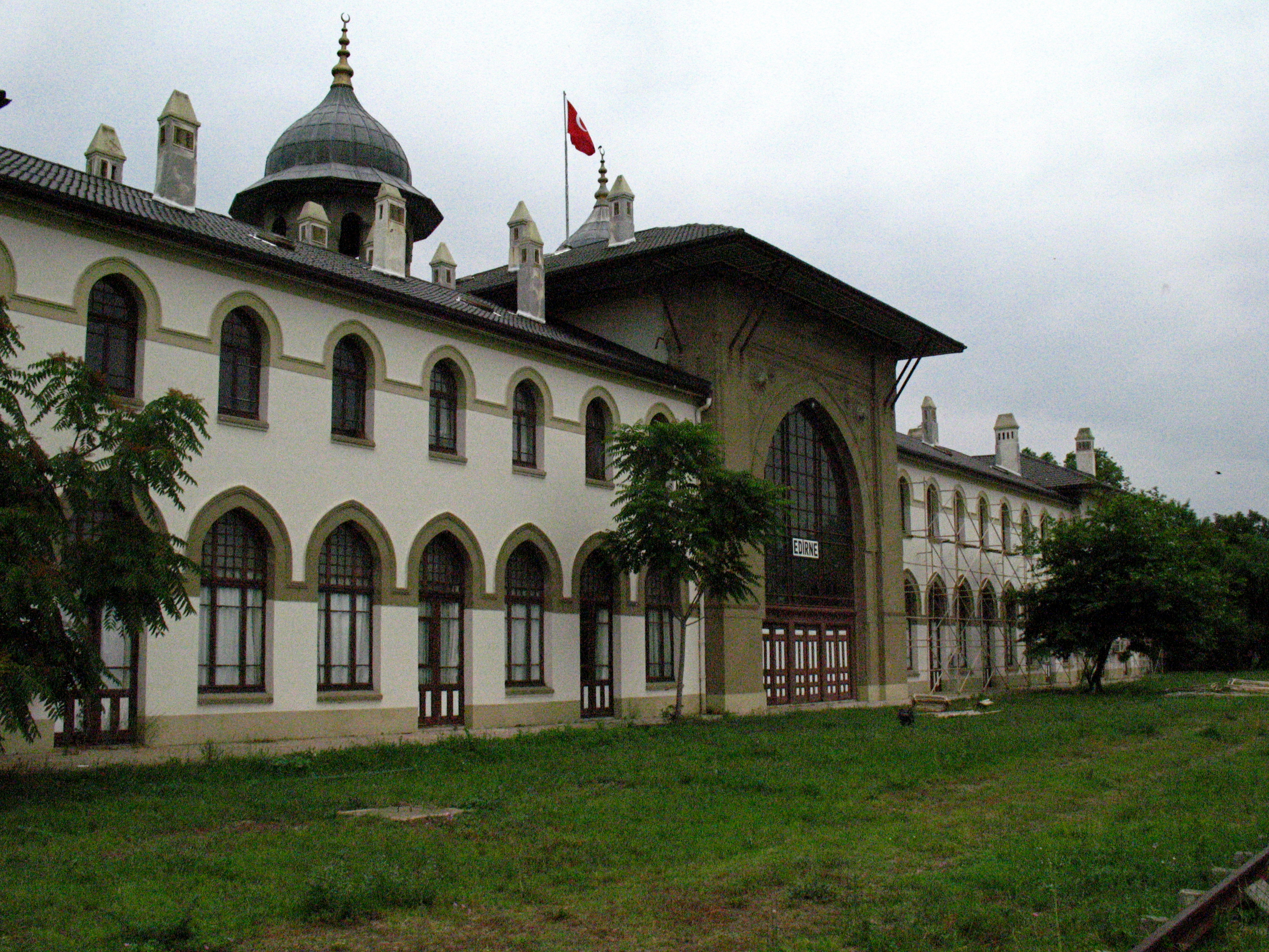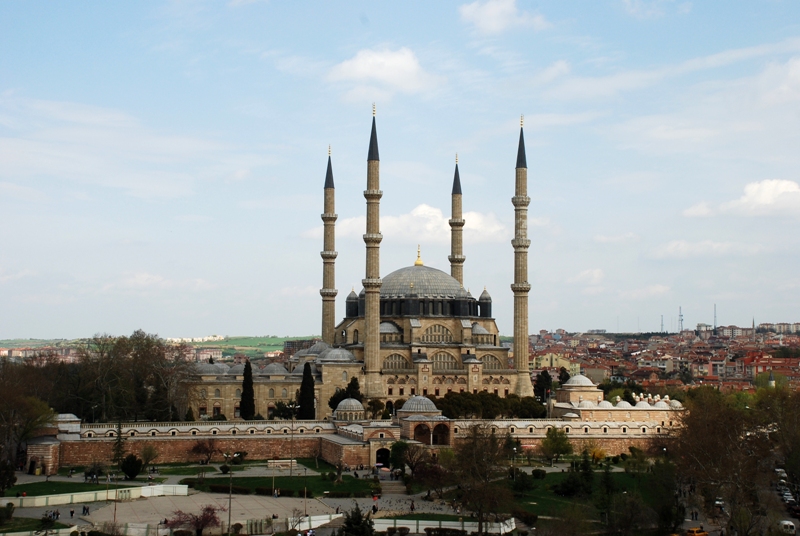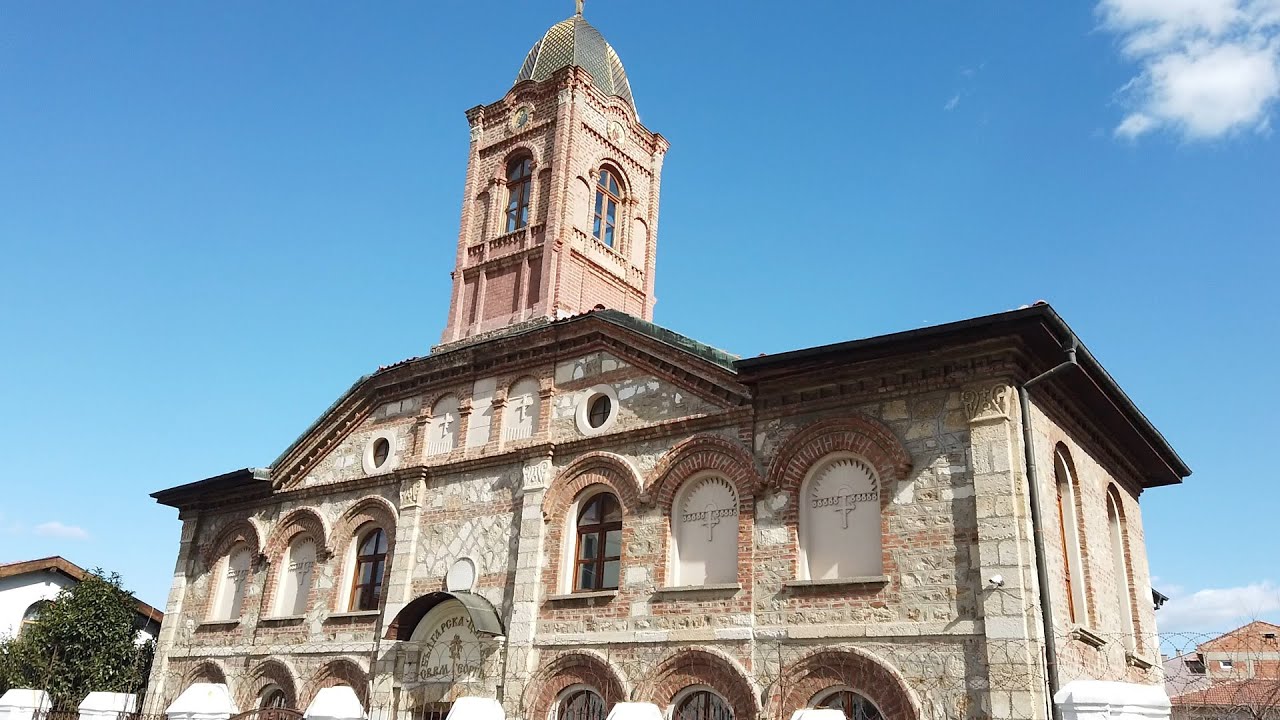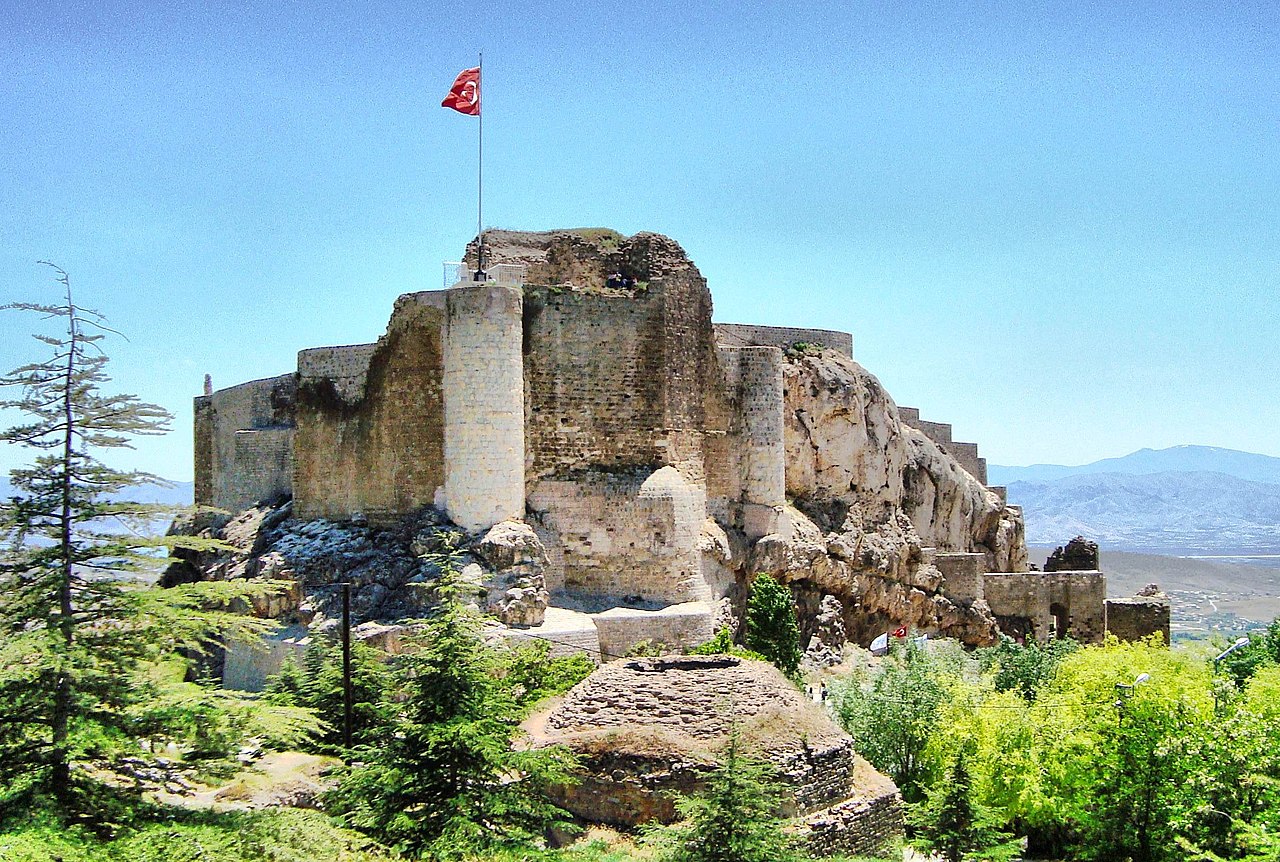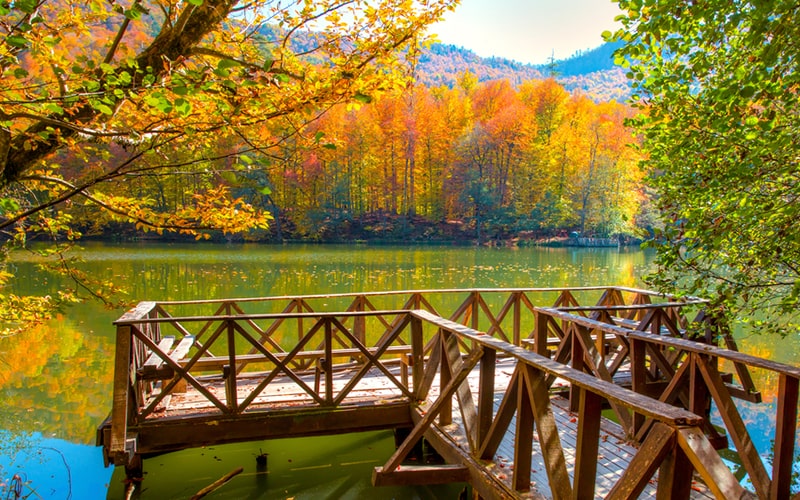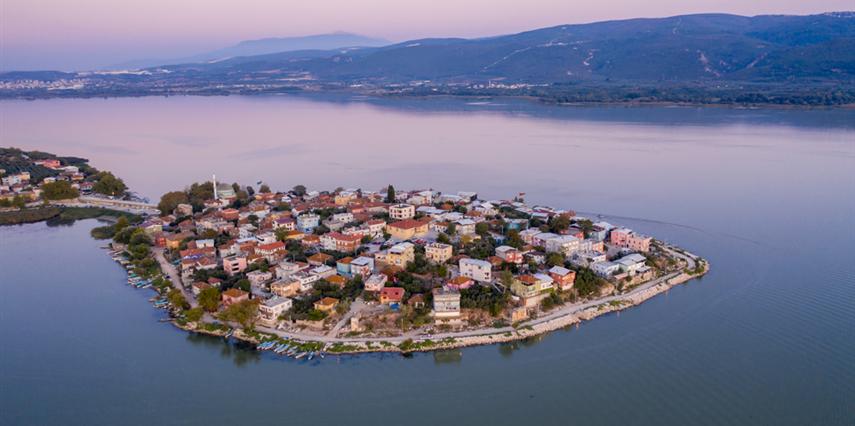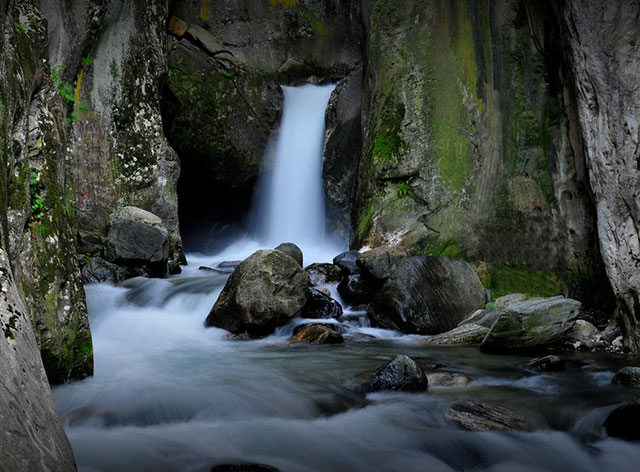Assos Ancient City
The history of the ancient city of Assos BC. It goes back to the 6th century. In the past, the city turned its face to the sea and descended to the sea with terraces. After the settlement of the Ottomans, the settlement developed in the opposite direction and the village of Behramkale emerged.
The city was founded on an extinct volcanic hill, between andesite cliffs, at a height of 236 meters from the sea. Andesite stone, which is abundant around Assos, was used in the construction of the city. Assos stone is a hard-working but very durable stone. The ancients called it man-eating stone. The sarcophagi made of this stone were a product exported from Assos at the time.
The first archaeological excavation in Assos was carried out by an American archeology group between 1881-1883. The excavations started again in 1981, and the necropolis, or cemetery, was first unearthed.
In the northern corner of the acropolis, there is a single-domed mosque built by the Ottoman Sultan Murat I in the 14th century. The bridge from the Ottoman period in the borders of Behramkale village is completely standing and is still in use.
Walls
The city is surrounded by walls that are 3200 meters long and 20 meters high, which can still be seen today. Walls BC It was built in the 4th century. There are two main gates providing entrance and exit to the city. The area in front of the east and west gates was used as a necropolis (cemetery). In addition to simple tombs, magnificent monumental tombs were also found in the necropolis.
Necropolis
It was determined that the necropolis was used as a cemetery for 9 centuries. In the oldest burials, it was seen that the ashes of the cremated corpses were placed in jars and buried in the form of closing their mouths. Then the dead were placed in larger cubes in the womb position. Gifts for the dead were also placed inside the cubes. Later, tombs in the form of sarcophagi were used. Because the sarcophagi were close to the surface, they were easily uncovered and most of them were robbed by treasure hunters. The most interesting of the gifts found in the sarcophagi and placed for the dead is a women's orchestra statuette made of terracotta!
Temple of Athena
At the highest point of the ancient city is the Temple of Athena. The first and only Doric temple built in Anatolia in the Archaic Age still retains its enchanting atmosphere. Athena, the daughter of Zeus and one of the 12 Olympian Gods, was the patron goddess of the city. The new columns, which were cast with the sample molds removed from the solid columns, are still standing. The island of Lesbos, the magnificent Aegean sea, and the wind caressing your face, are impressive enough to take you back to ancient times, especially at sunset. The goddess statue in the holy room of the temple was taken by the Americans in the 1800s.
Some of the friezes (reliefs) on the columns are preserved in the Boston Museum, Louvre Museum and Istanbul Archeology Museum. The reliefs tell a story about Heracles.
Amphitheatre
It was determined that the theater built against Lesbos Island on the southern slope of the ancient city was destroyed as a result of an earthquake. The theater, which was built in a natural rock cavity and has an estimated 2500 capacity, was used as a quarry in the following years. It is a Roman theater in terms of construction technique and plan features.
The destroyed walls of the theater were rebuilt as a result of restoration. The original seating rows were cast again. Currently, the theater has the capacity to host 1500 people and can host various festivals and concerts. On the road leading down to the pier, on the left, you will notice the entrance door of the theatre.
Agora
Agora is the most lively place of the city where people come together. The Agora of Assos was surrounded by two opposing stoas built at different times. Stoas were covered walking and sitting areas that protected people from the sun and rain. In addition, there are gymnasion built for sports training, bouleuterion (parliament building), Byzantine Church ruins around the Agora.
Ruins Entrance
There are two entrance gates to visit the Ancient City. One is the gate that you will reach by passing through the village, which leads you to the Temple of Athena at the top. The other is the old west gate, which you will notice on the left as you descend into the harbour. By entering from here, you can see the cemetery, gymnasion and agora ruins.





